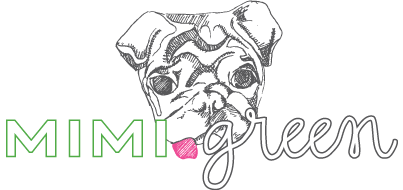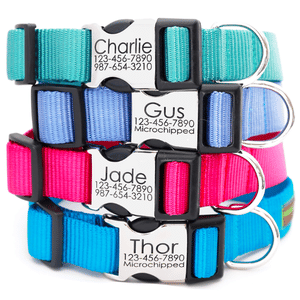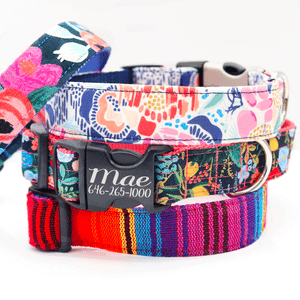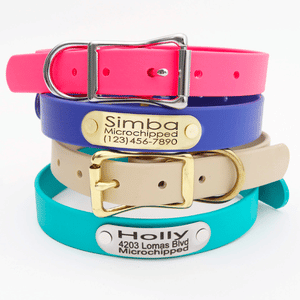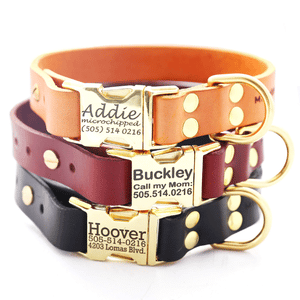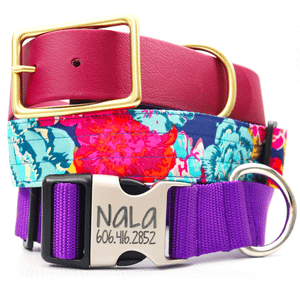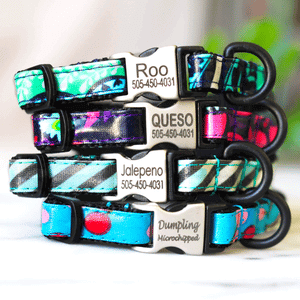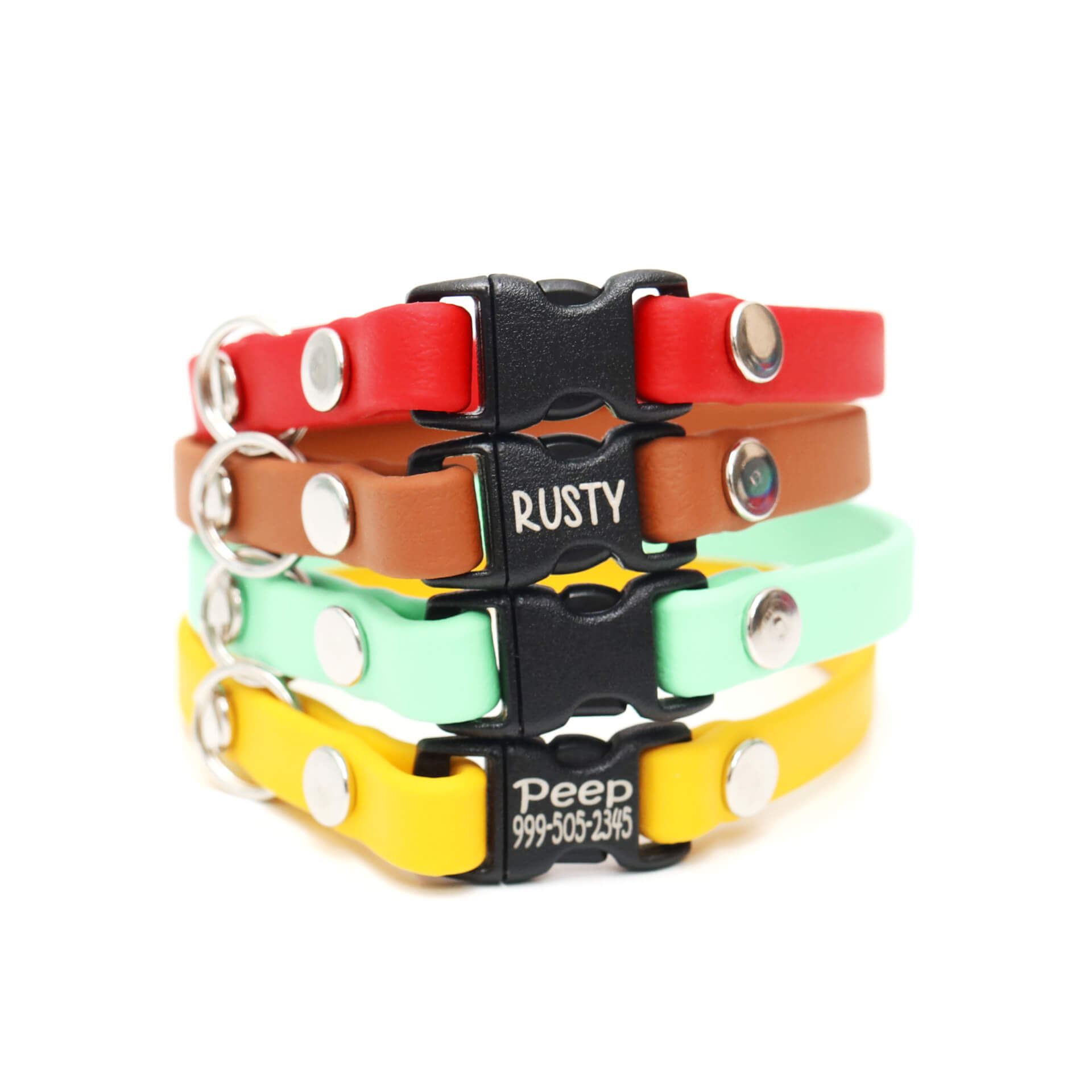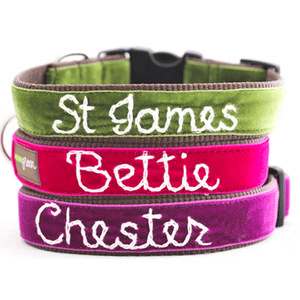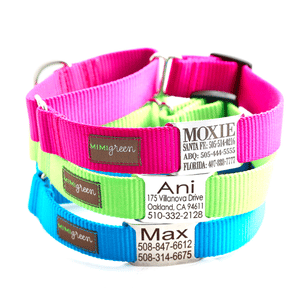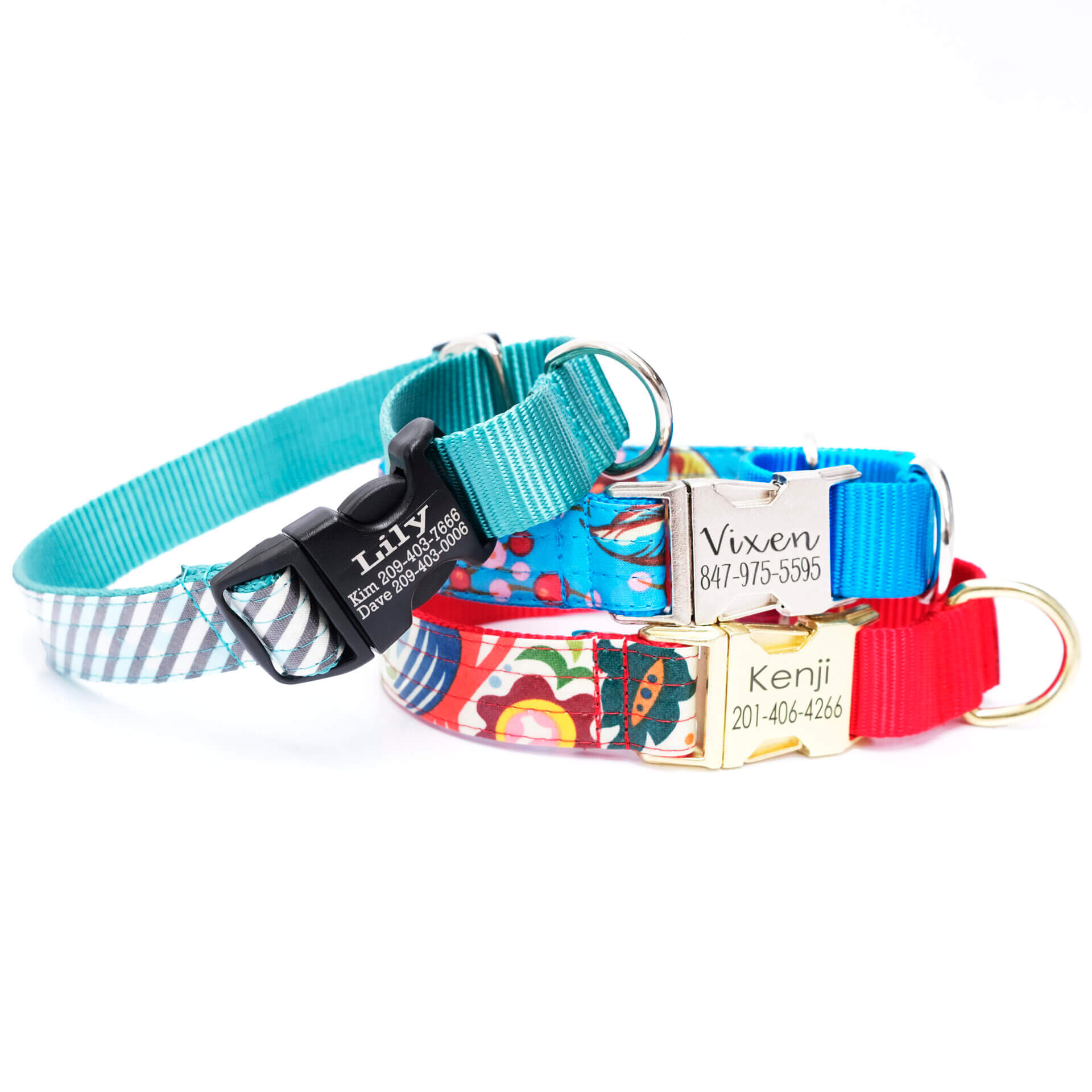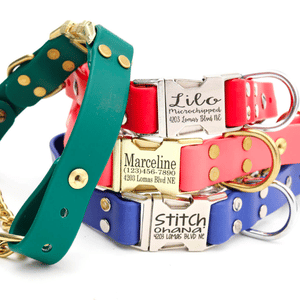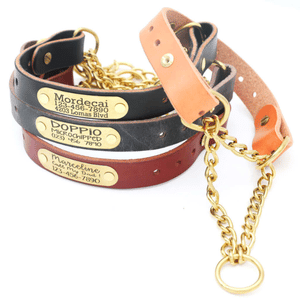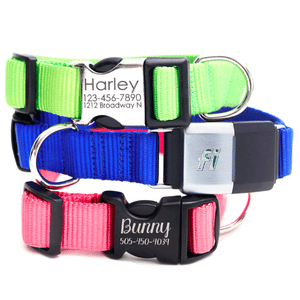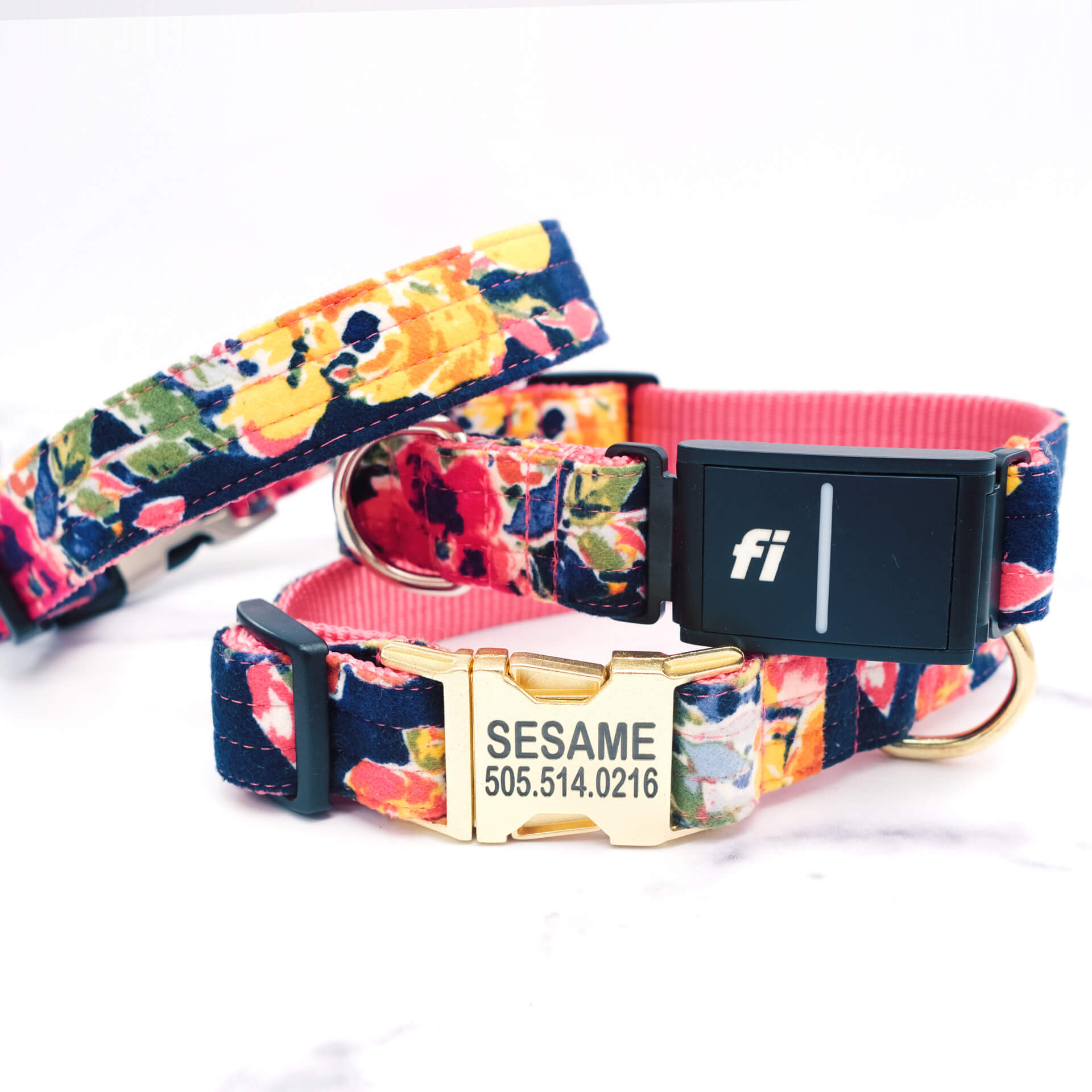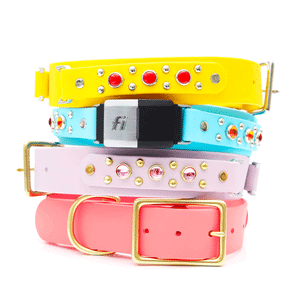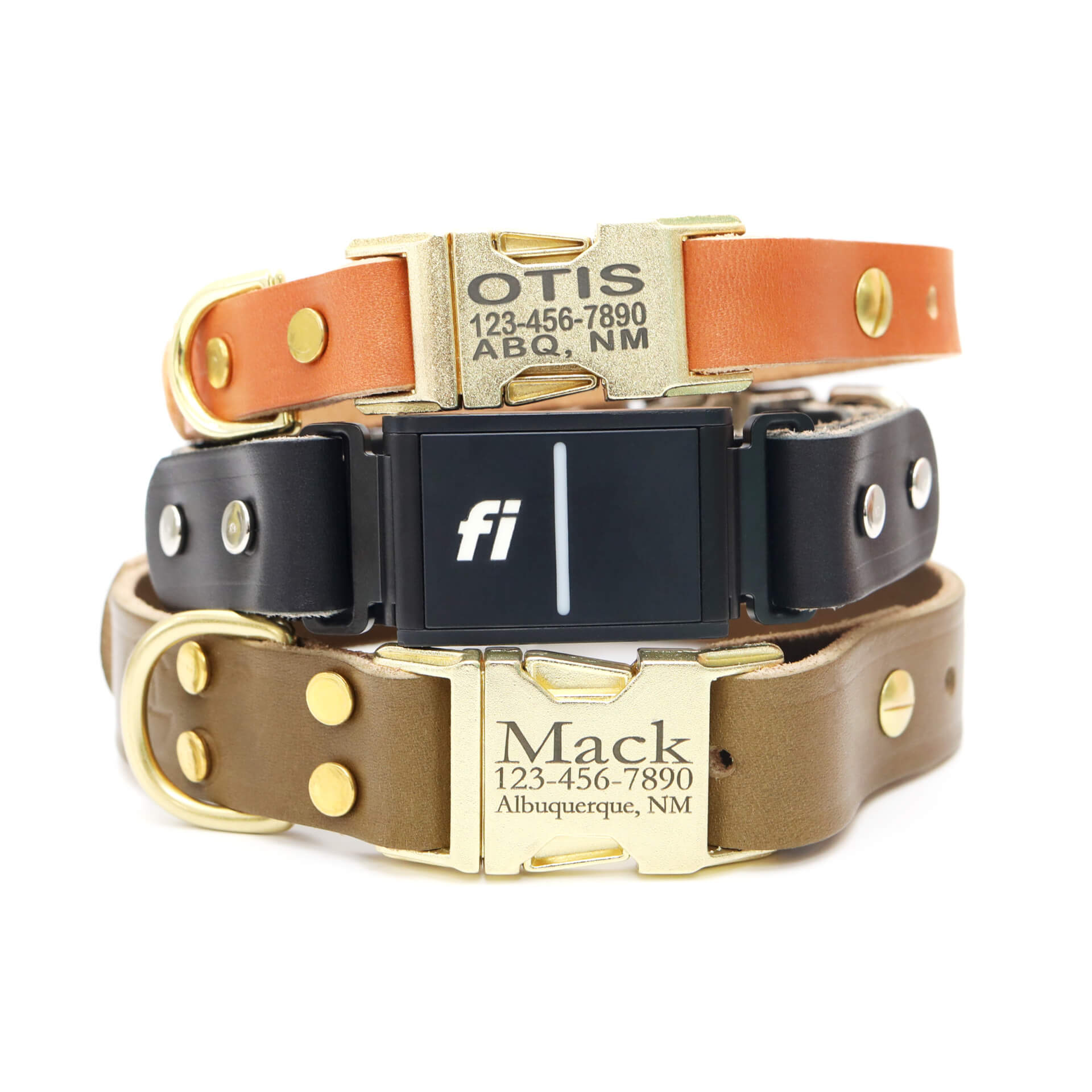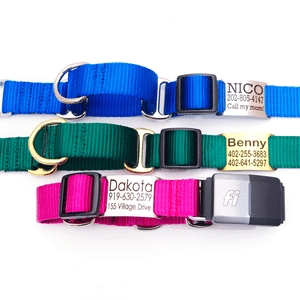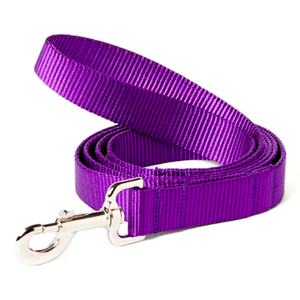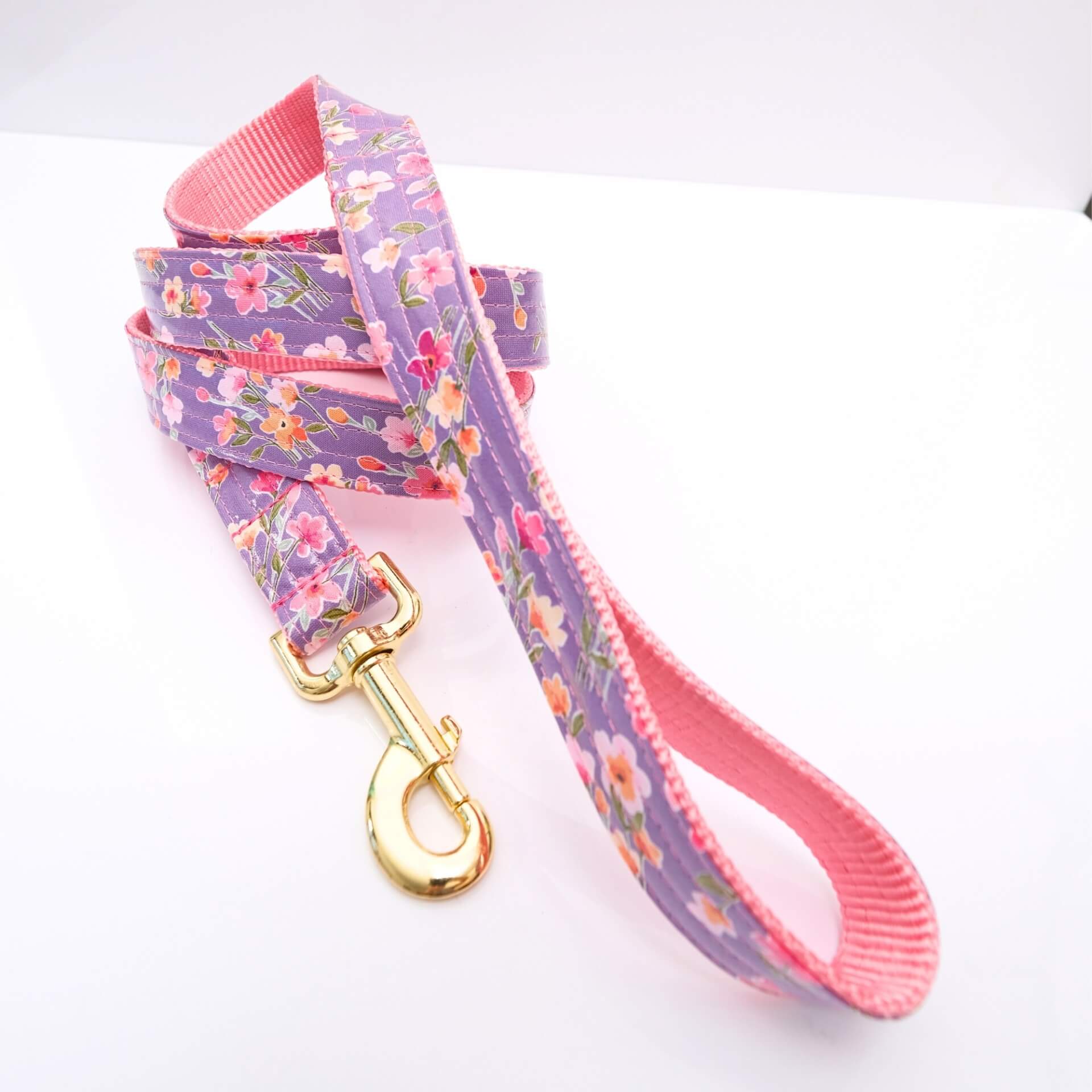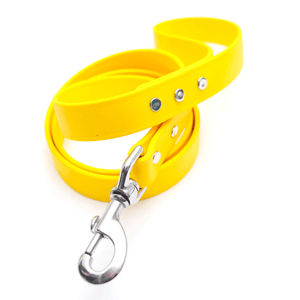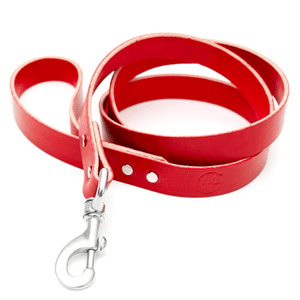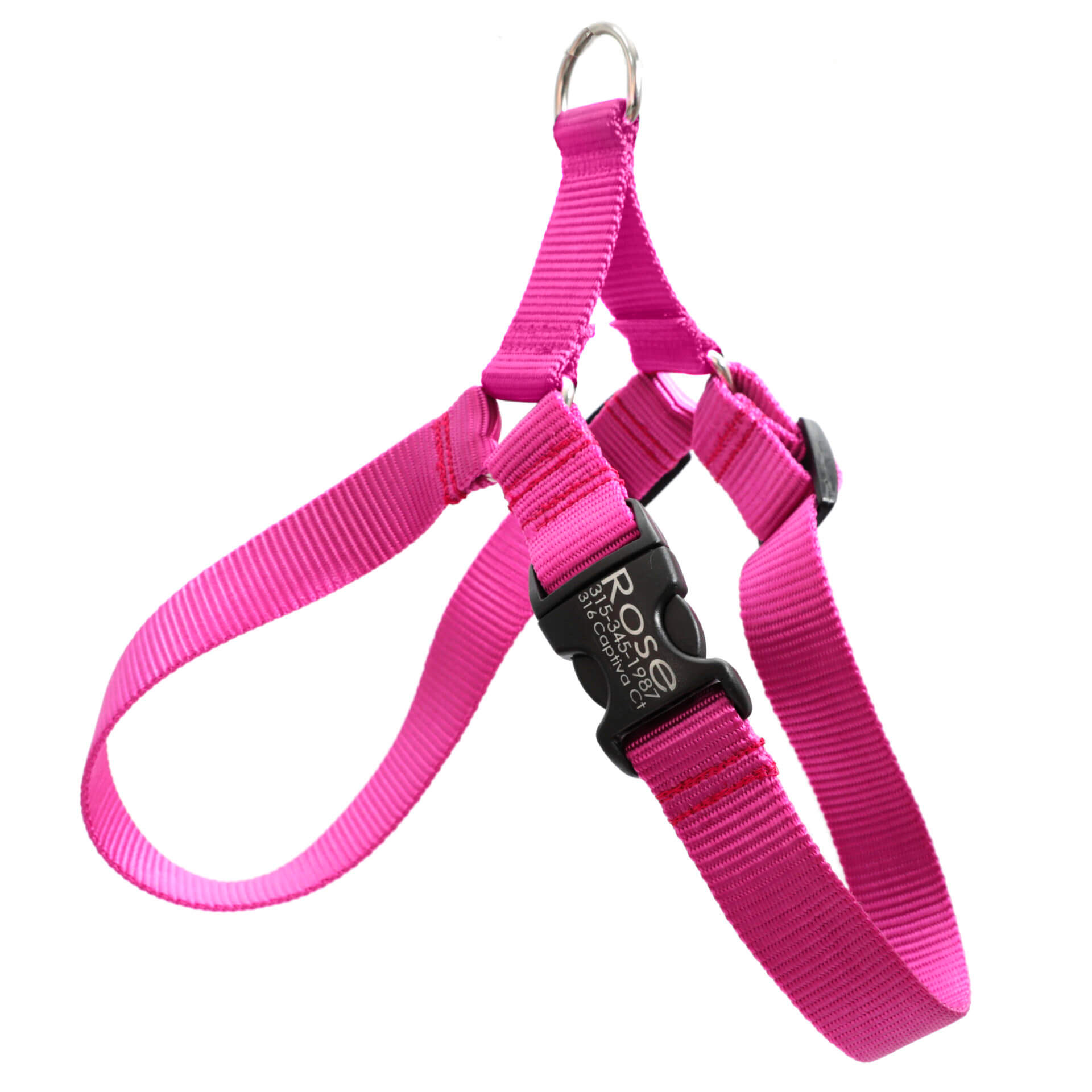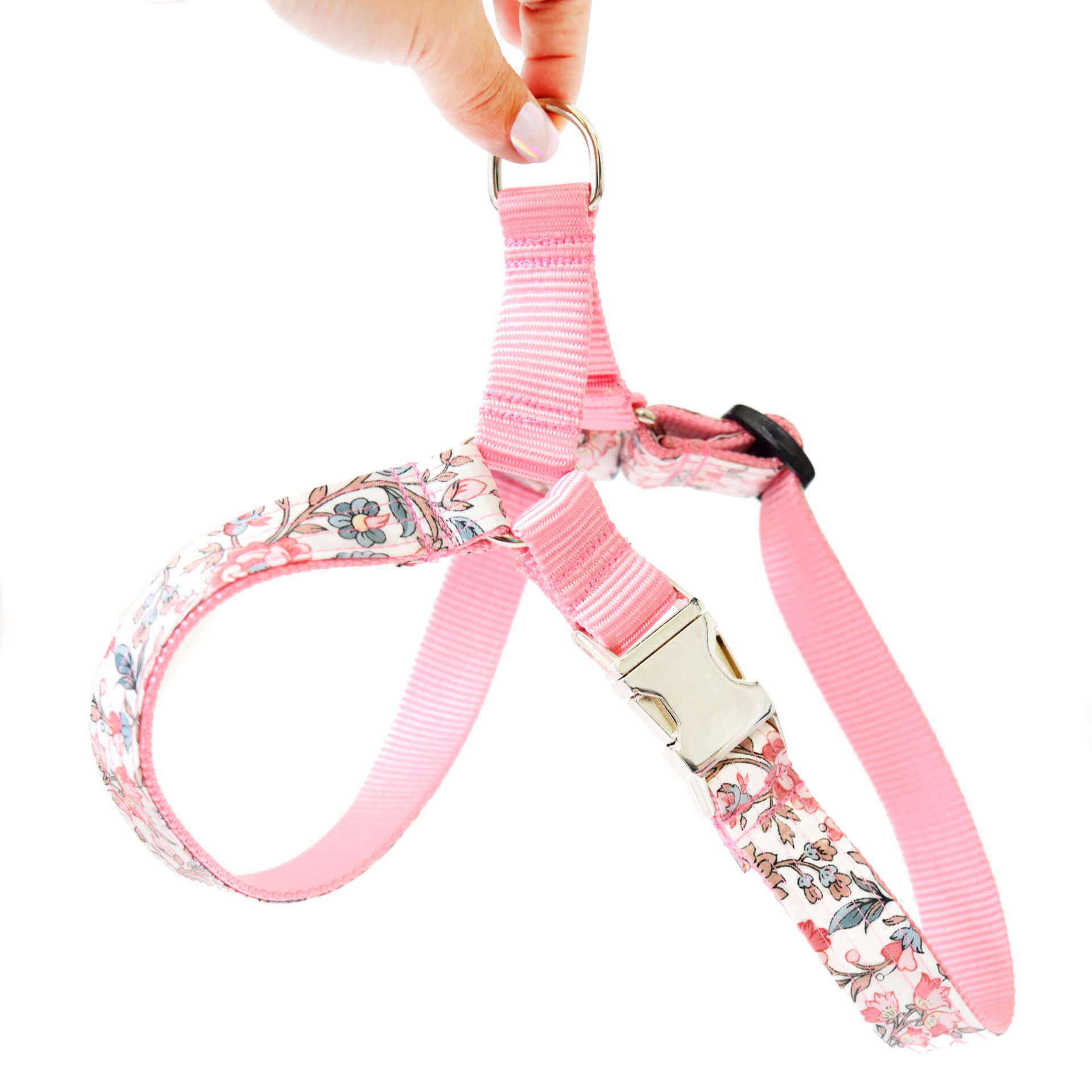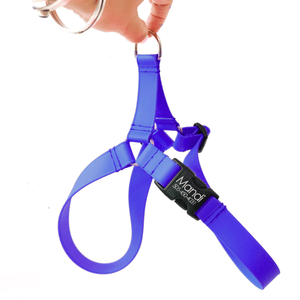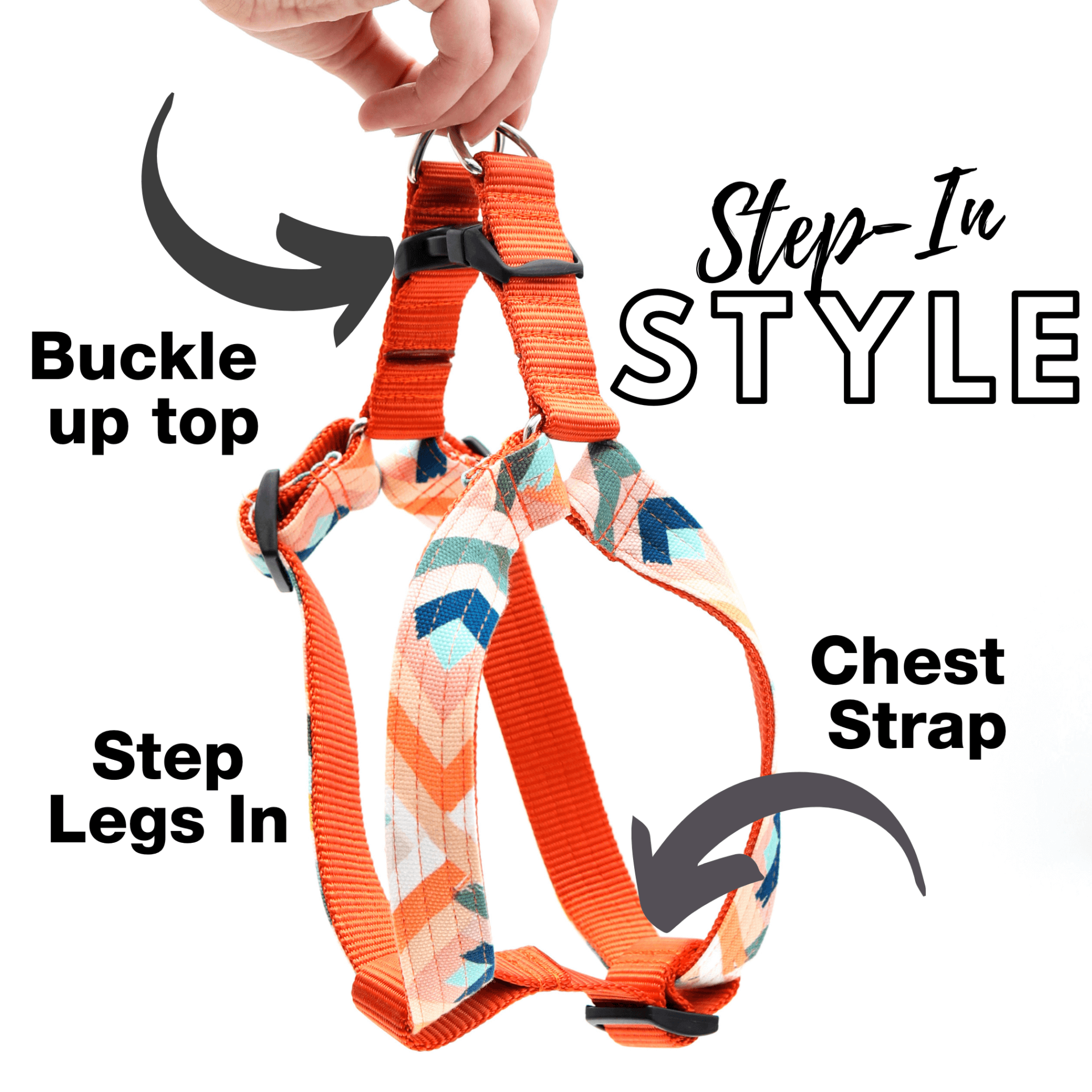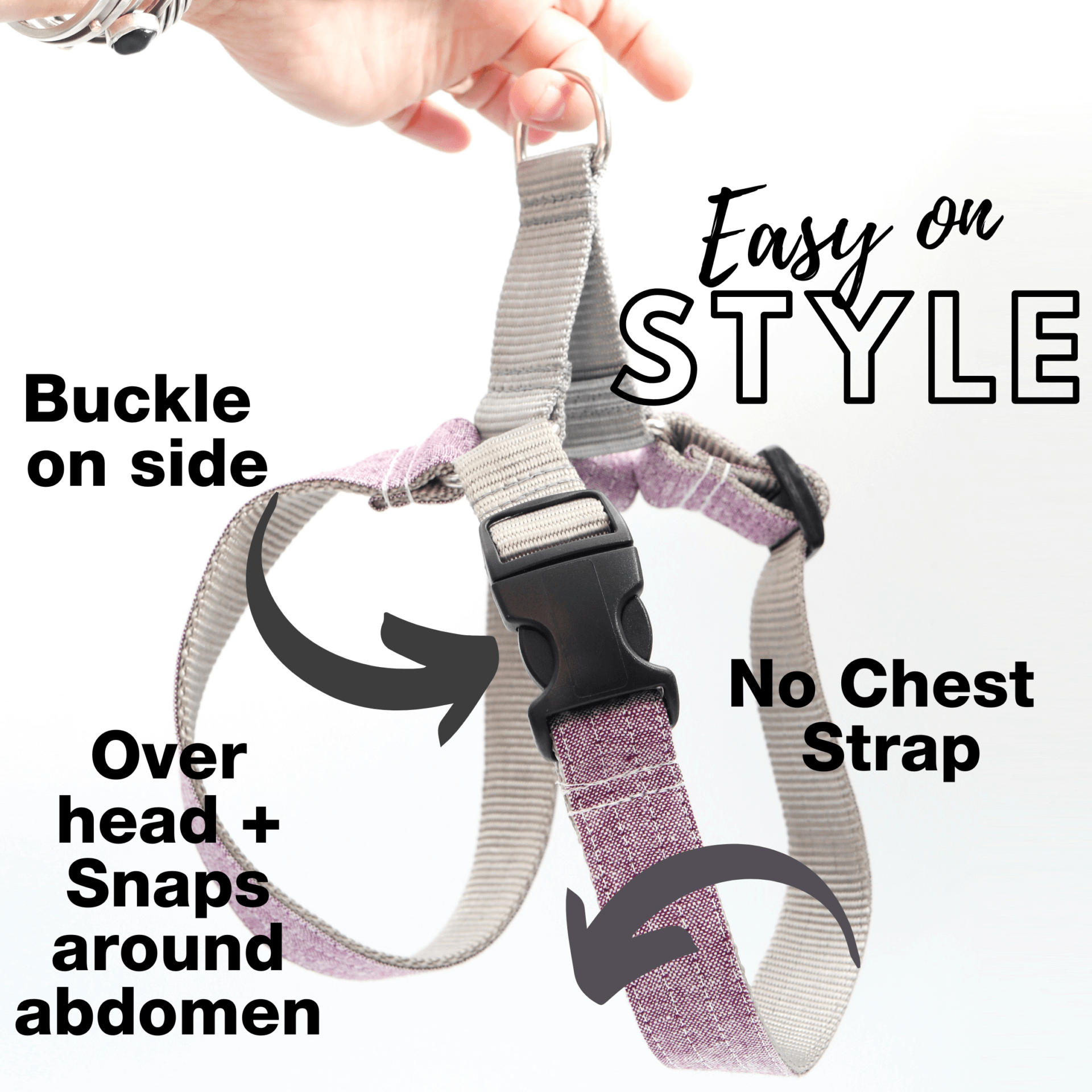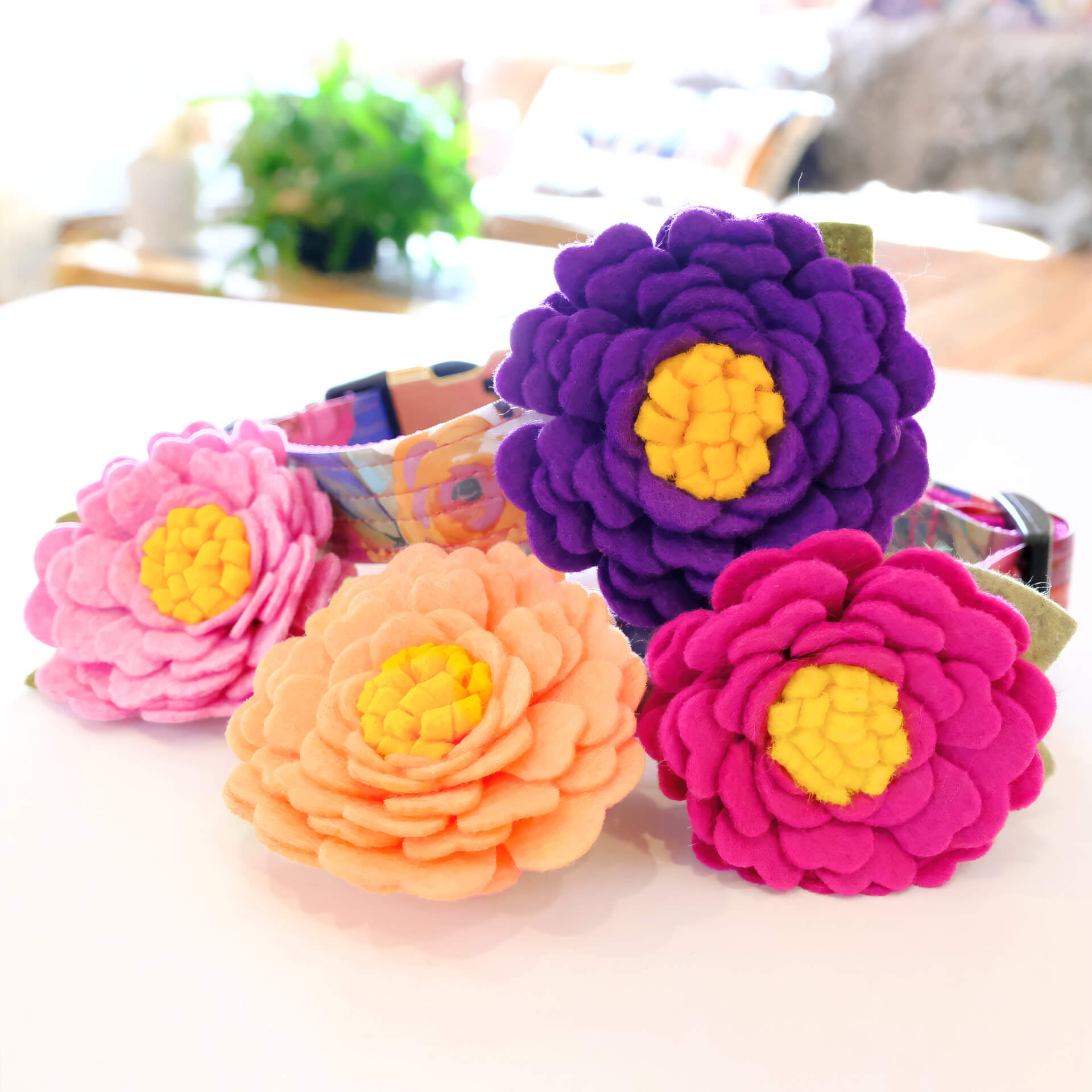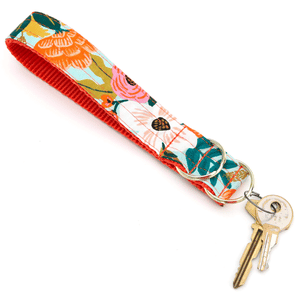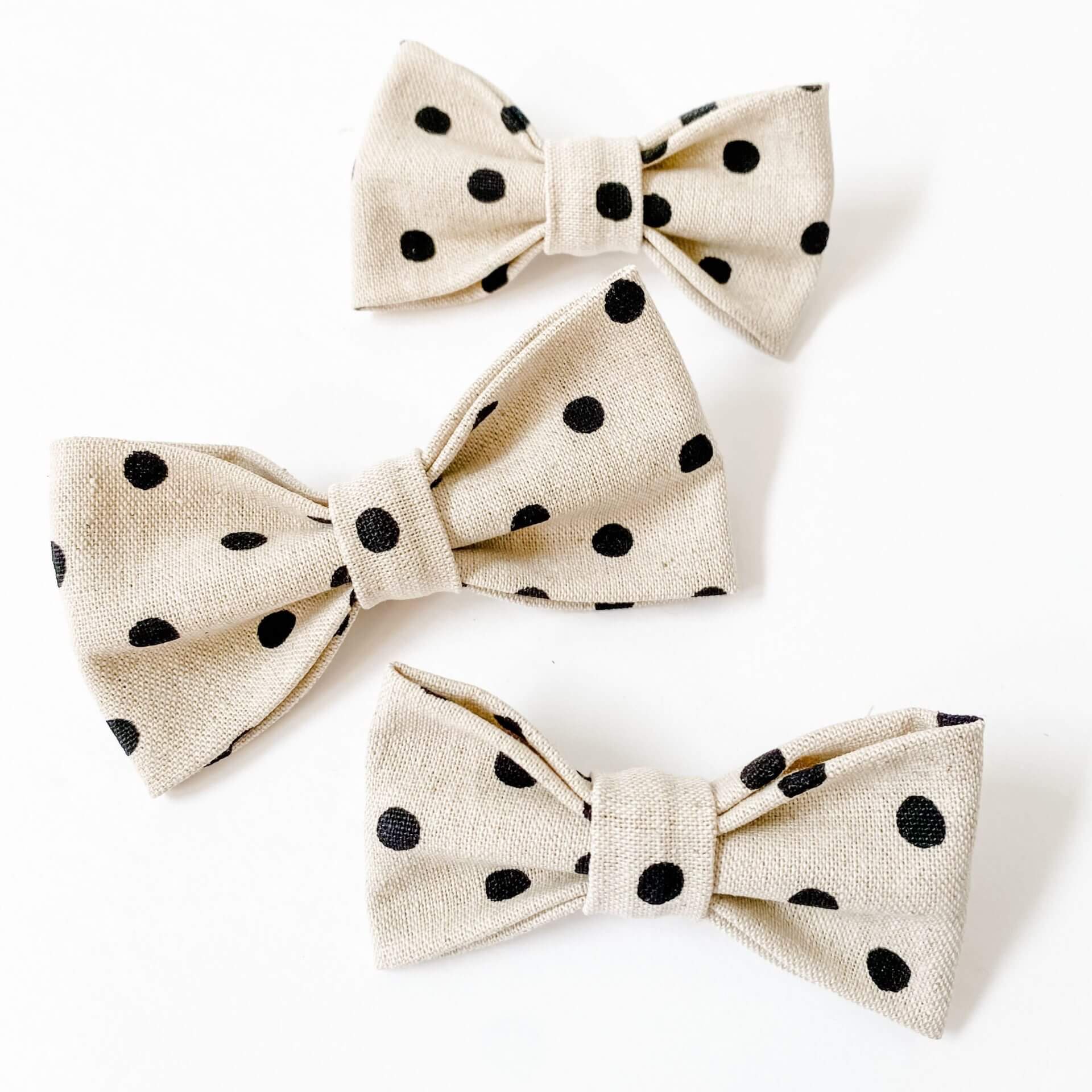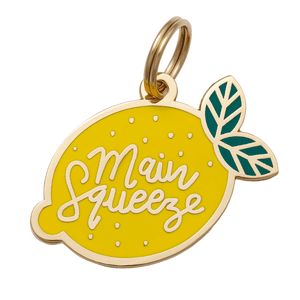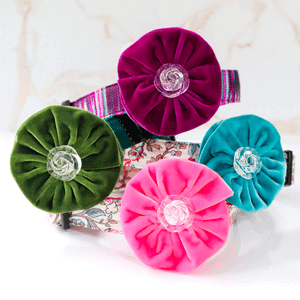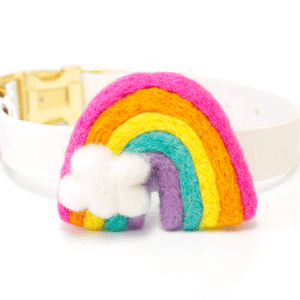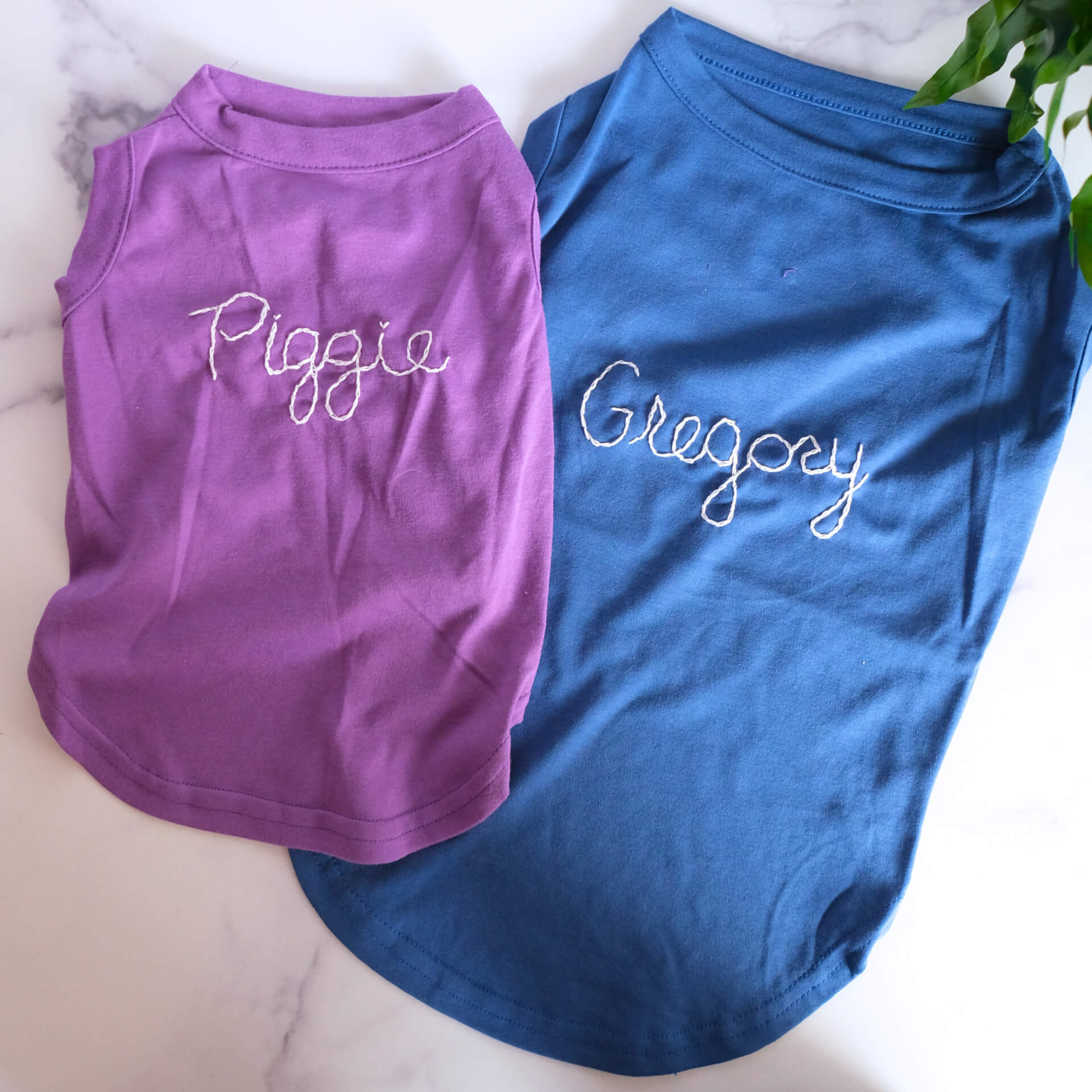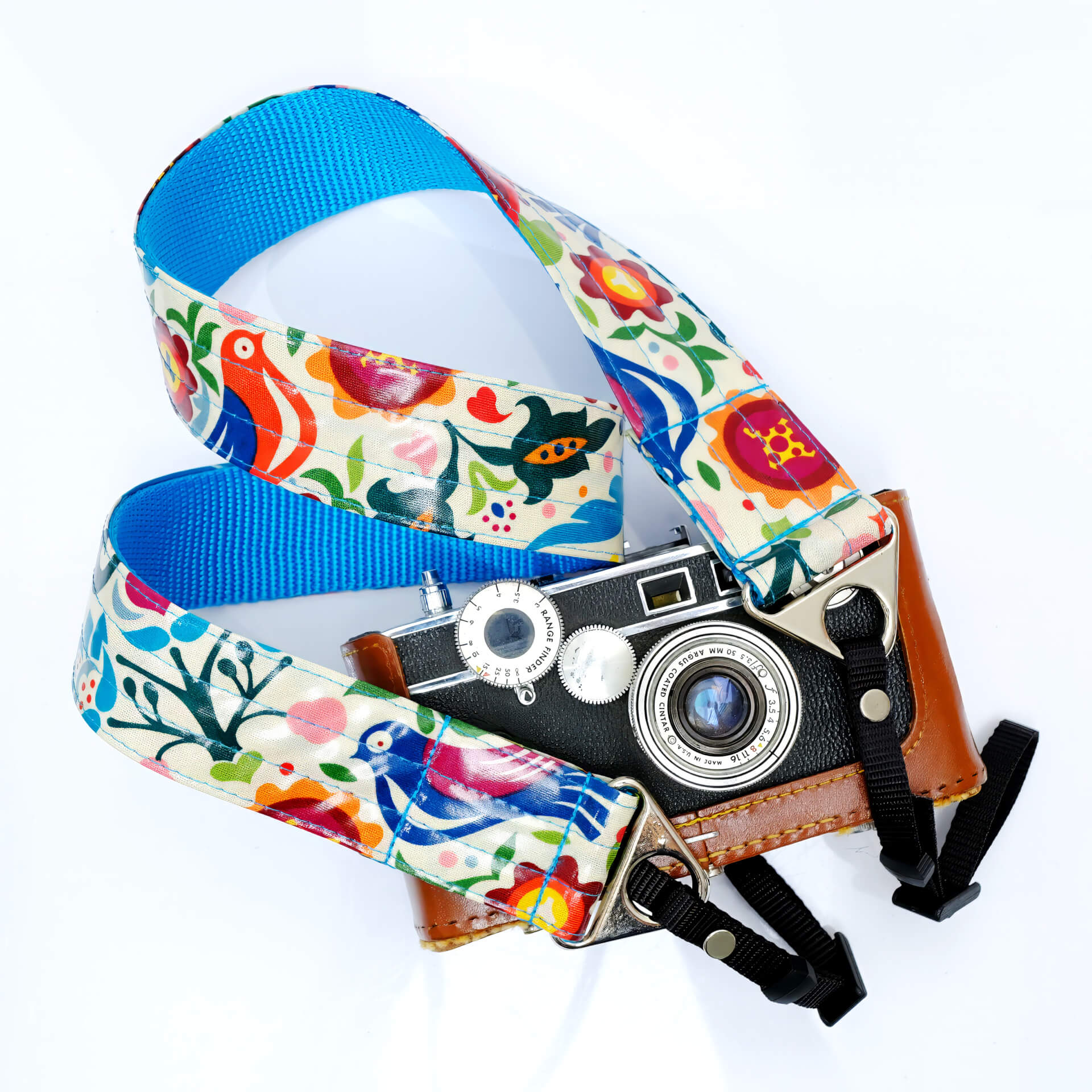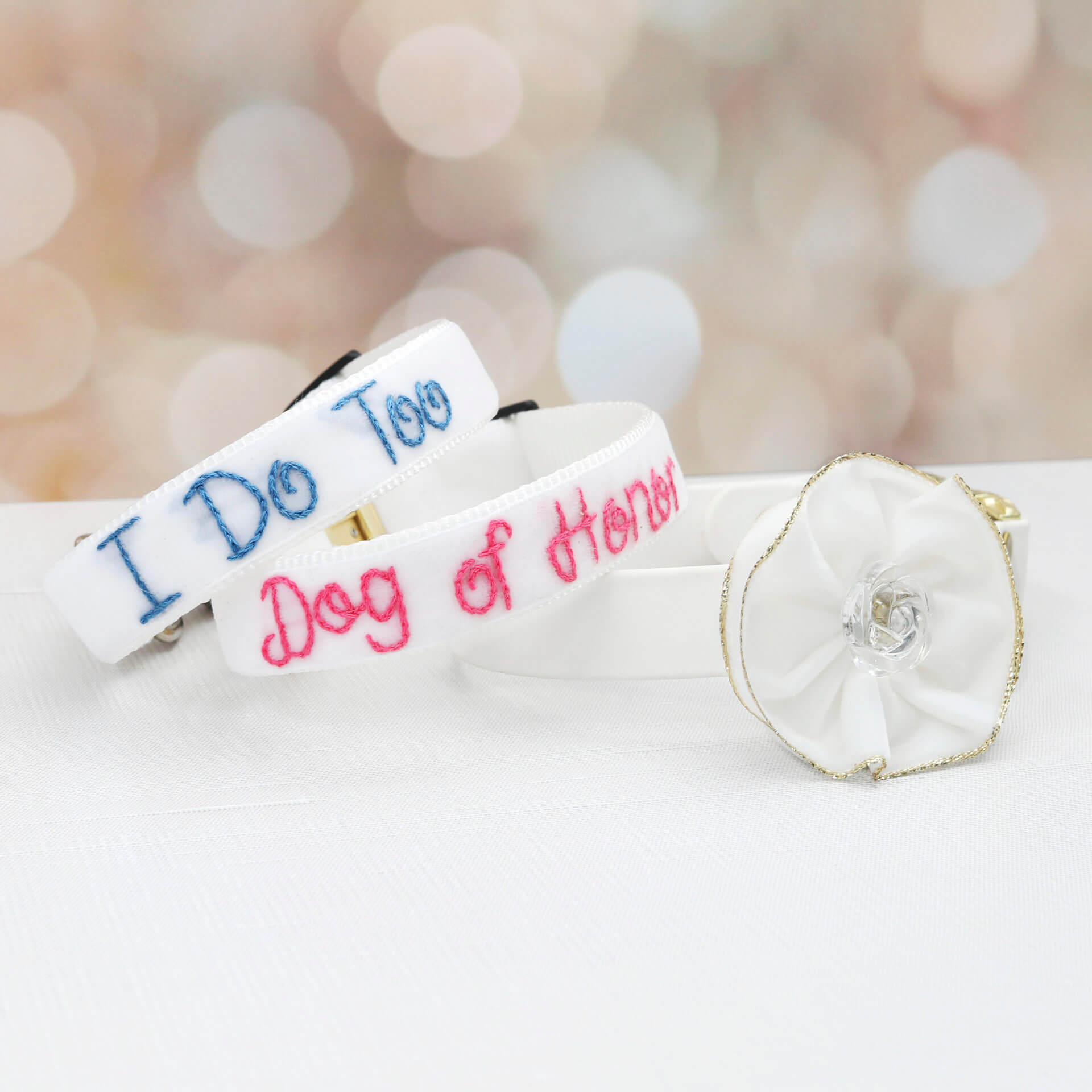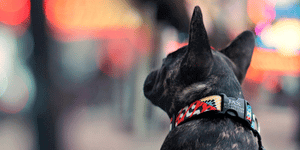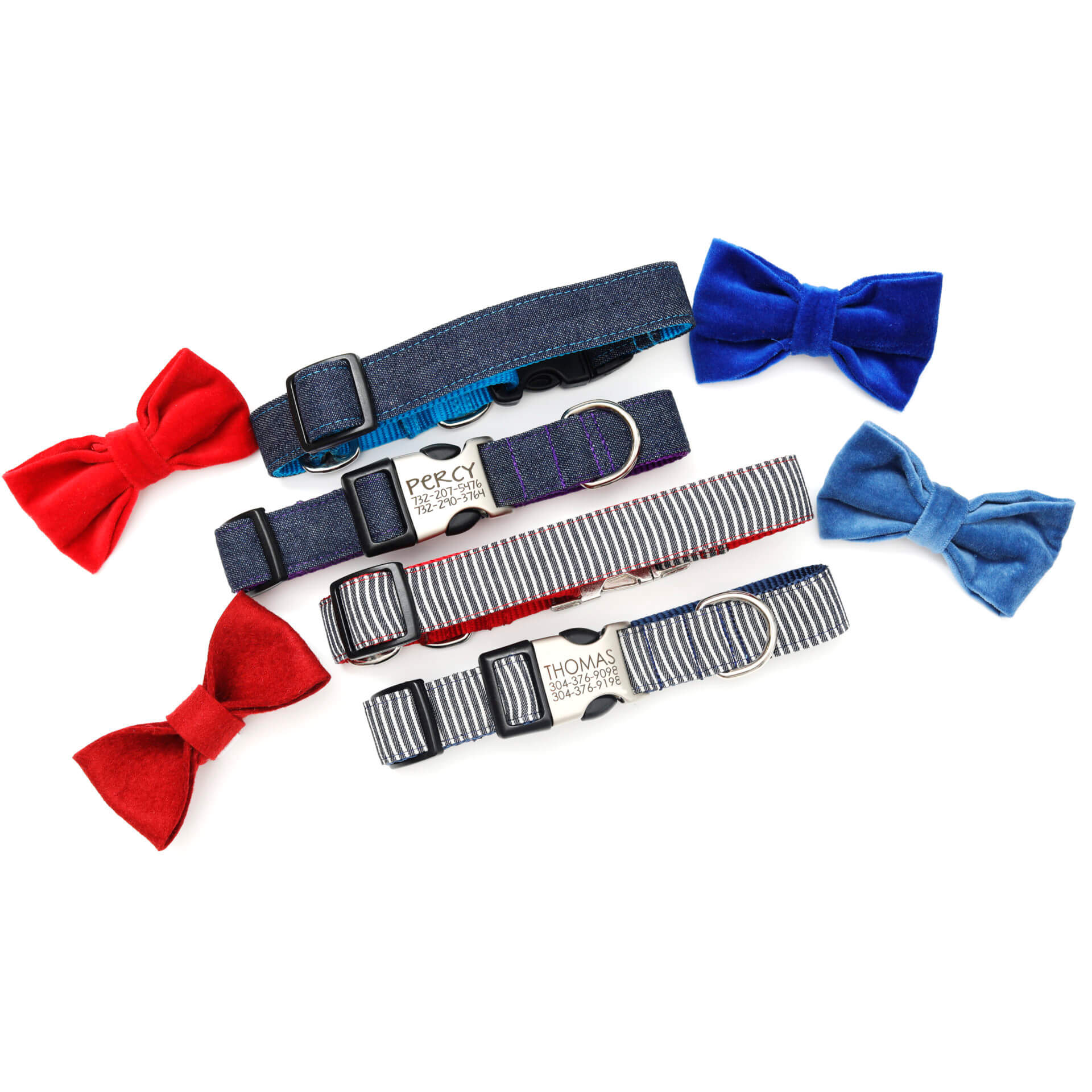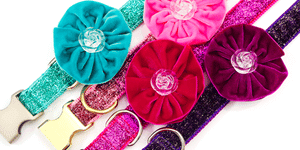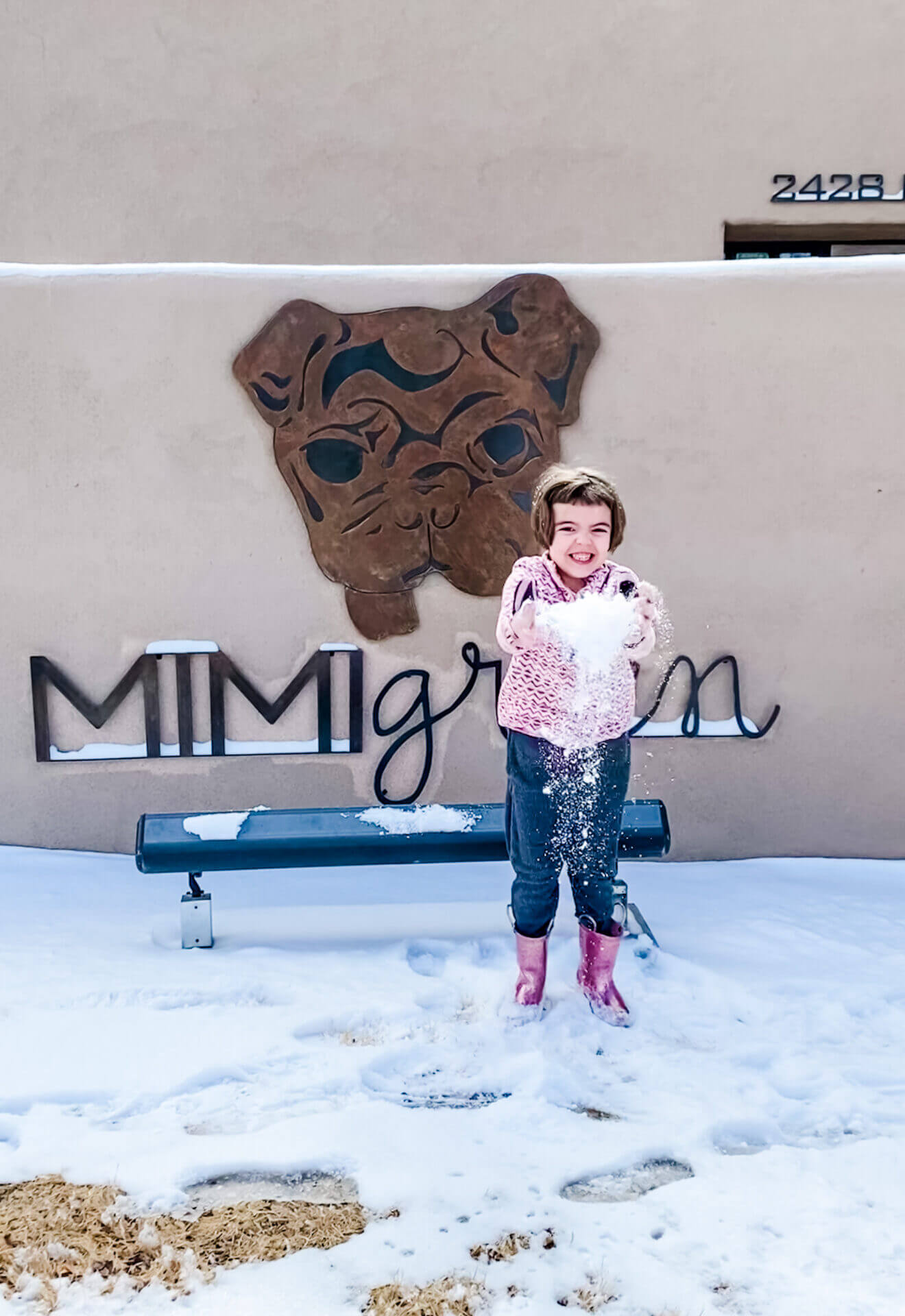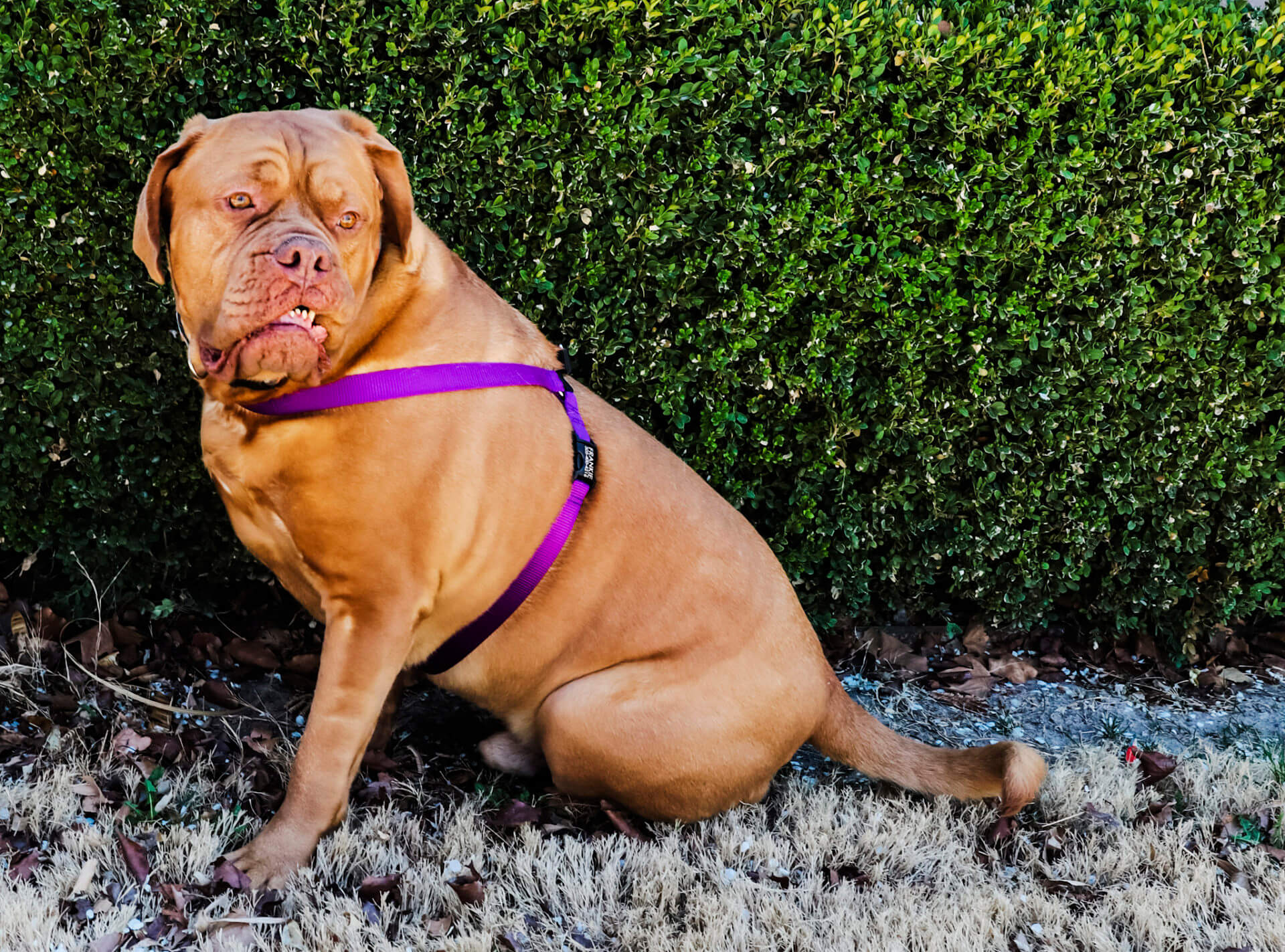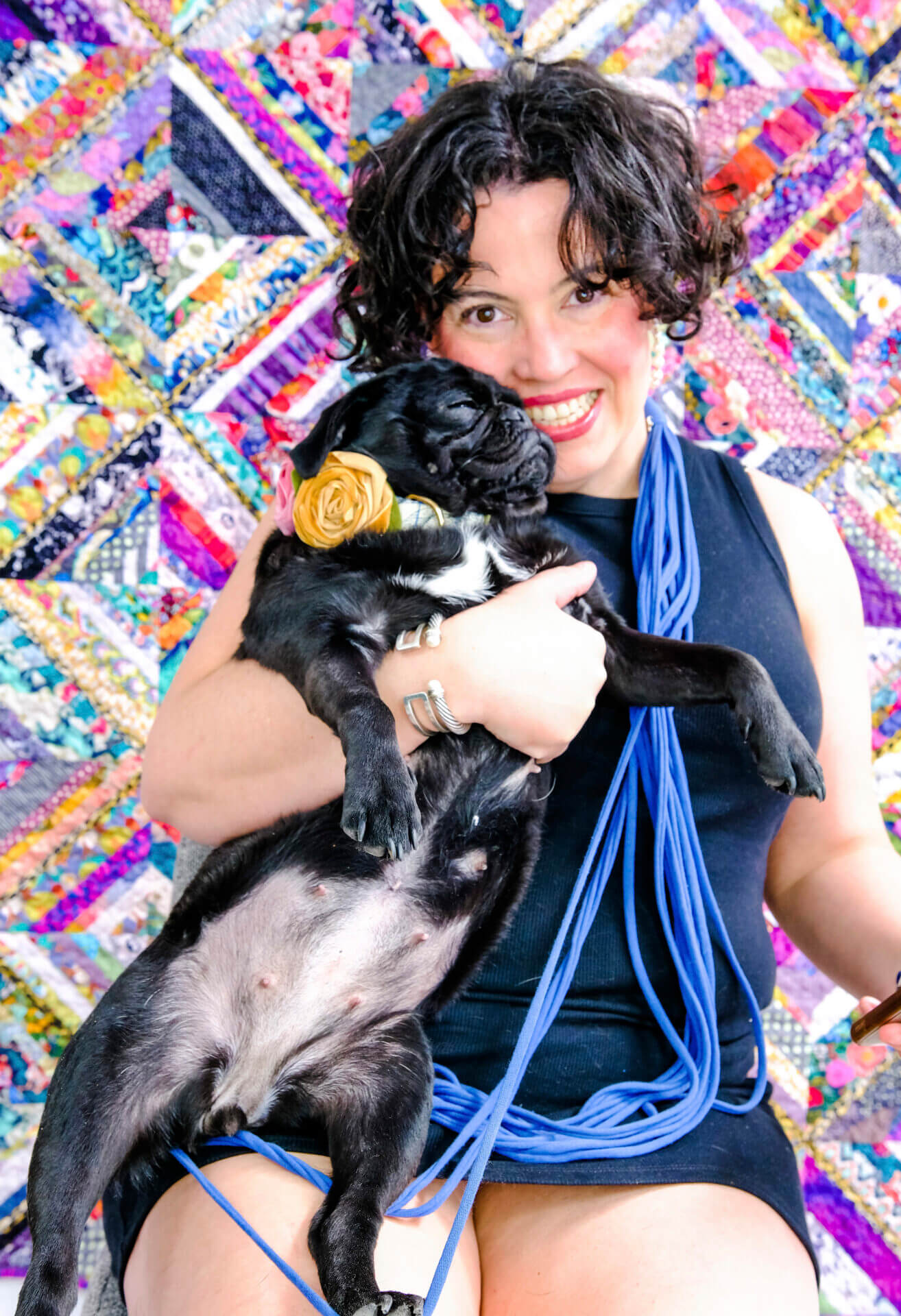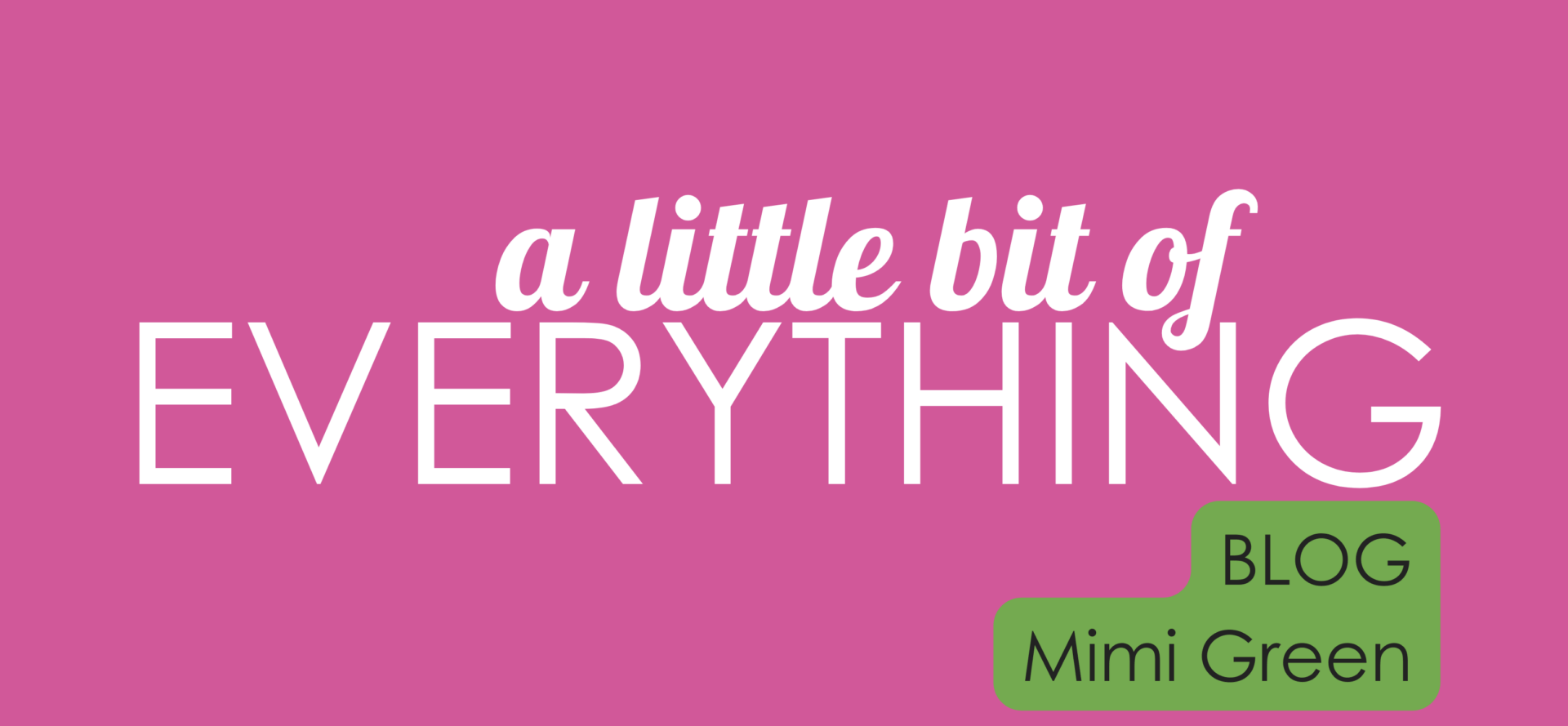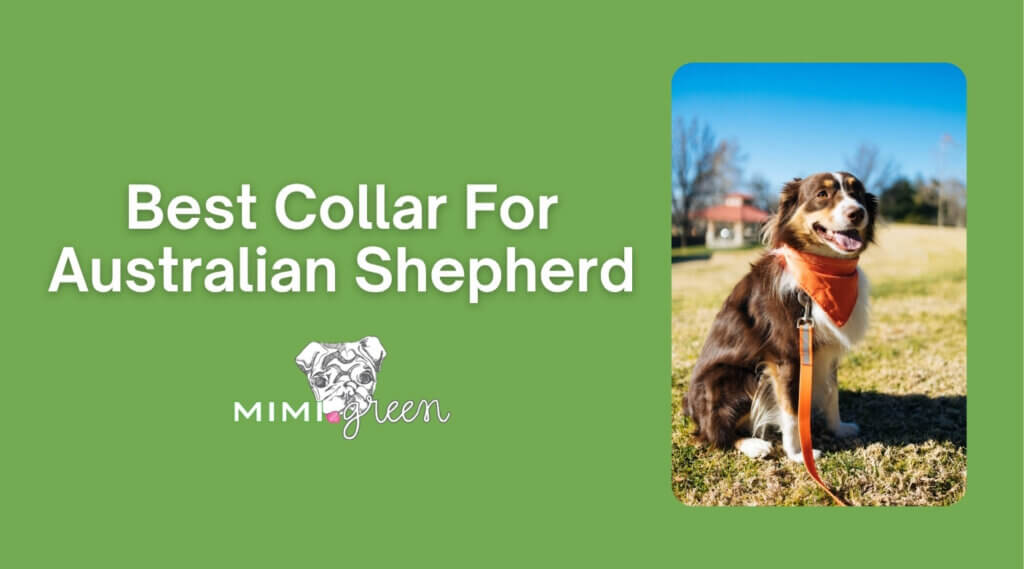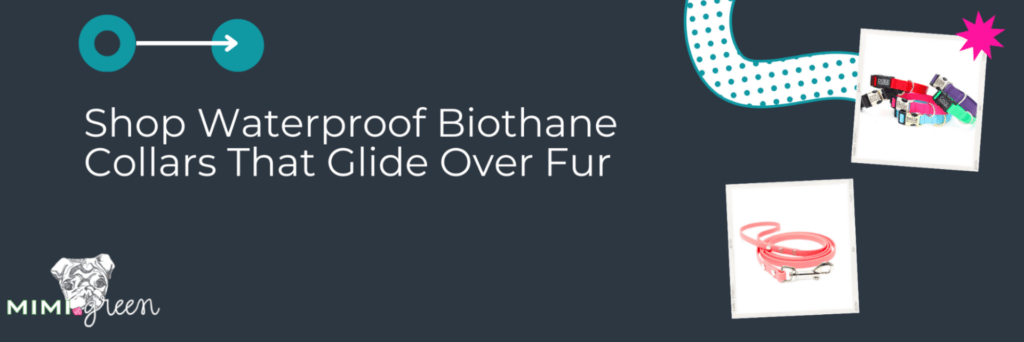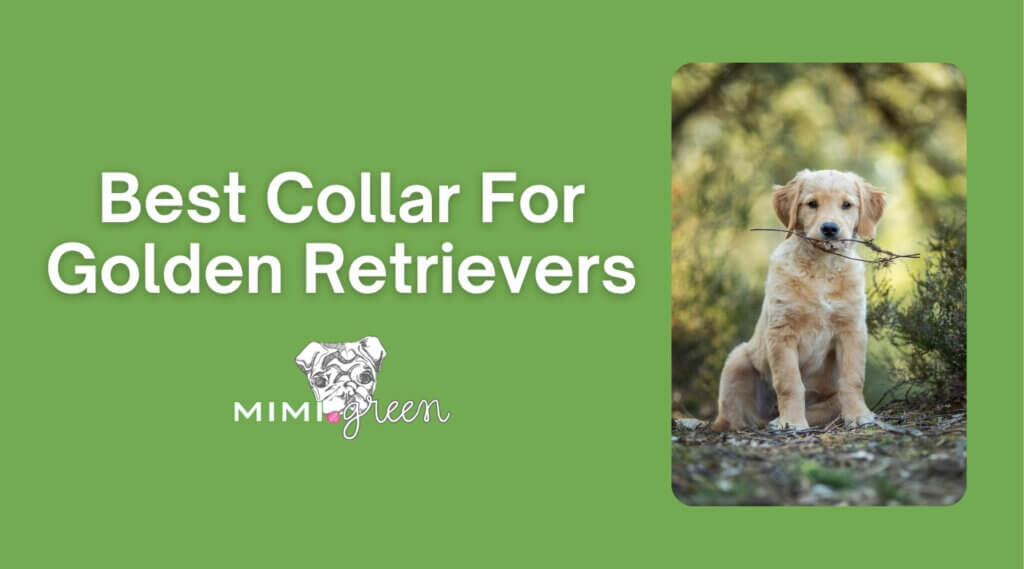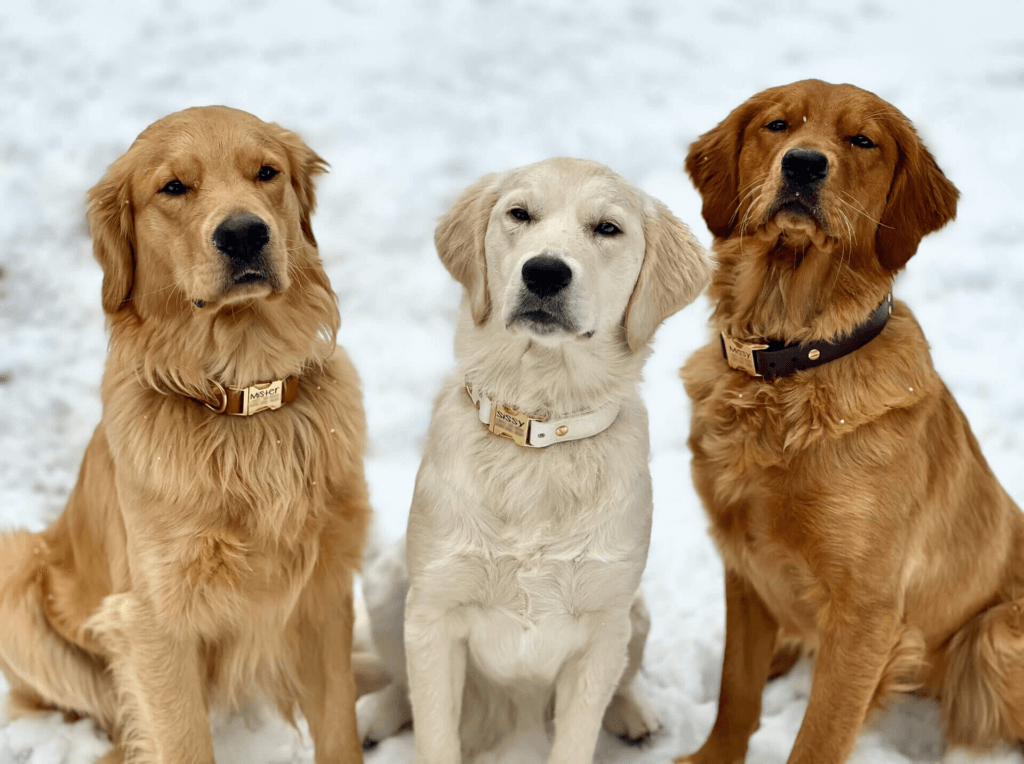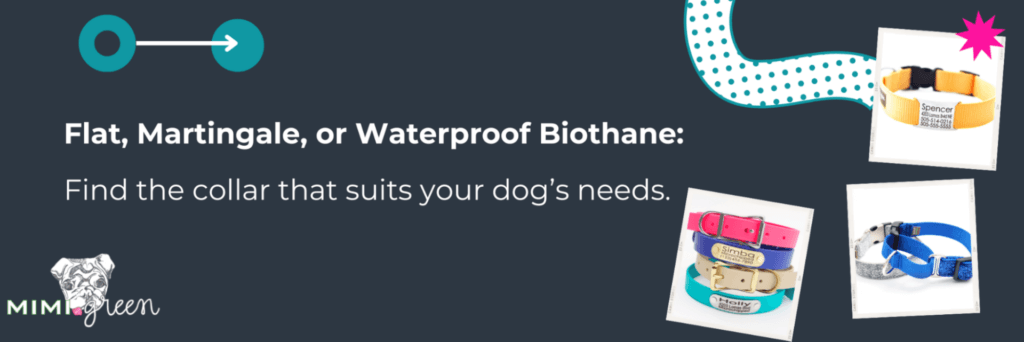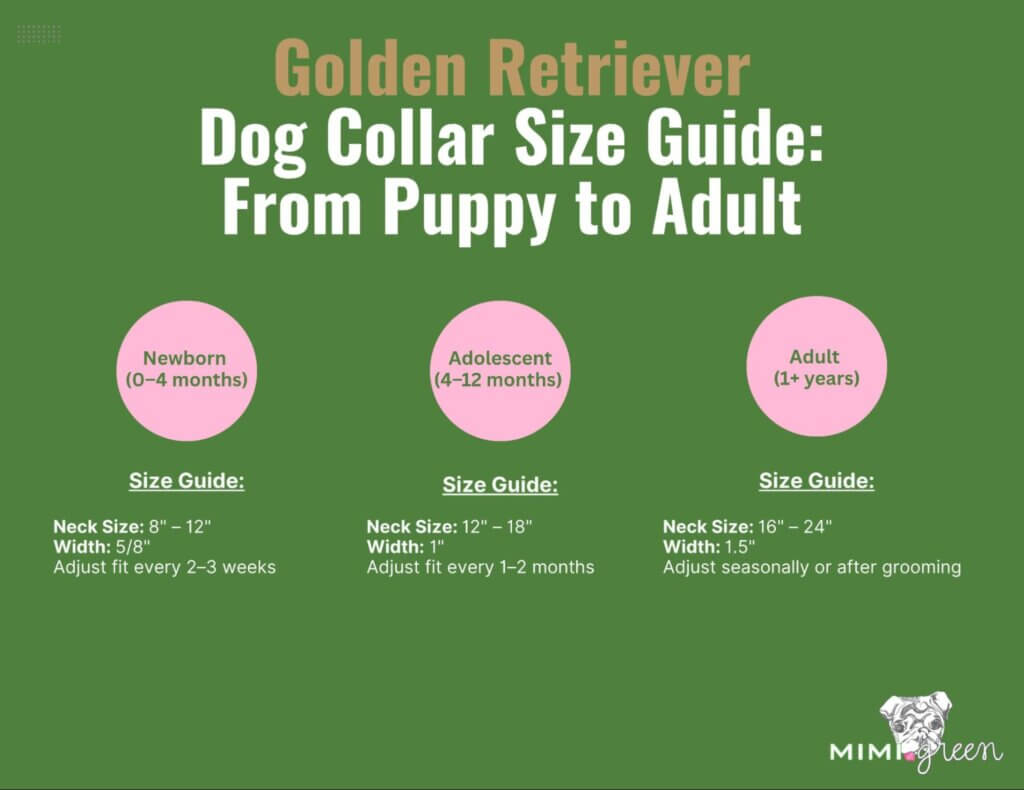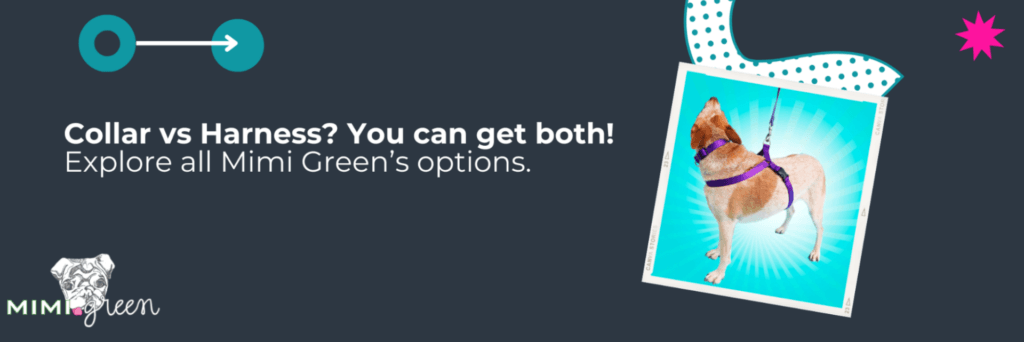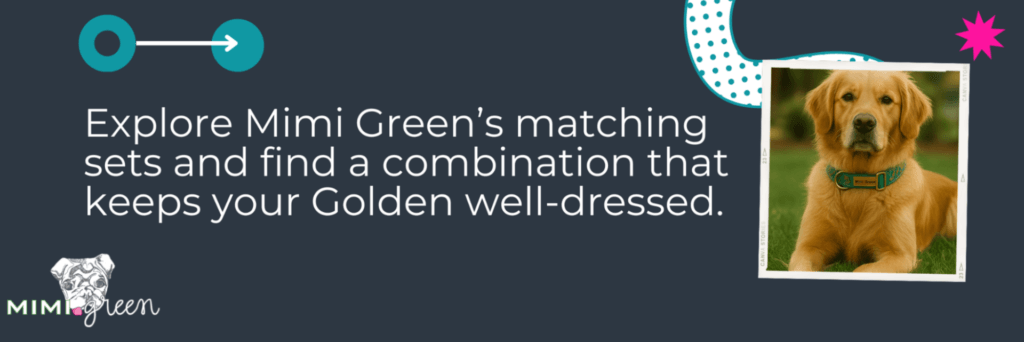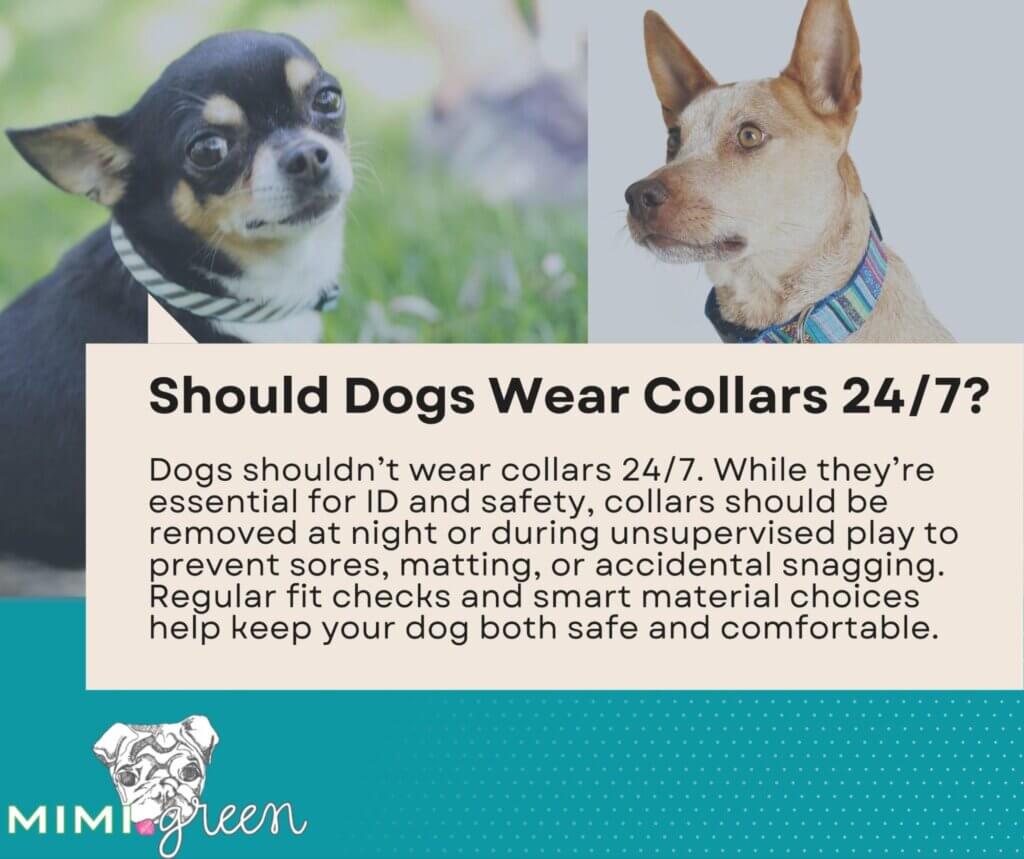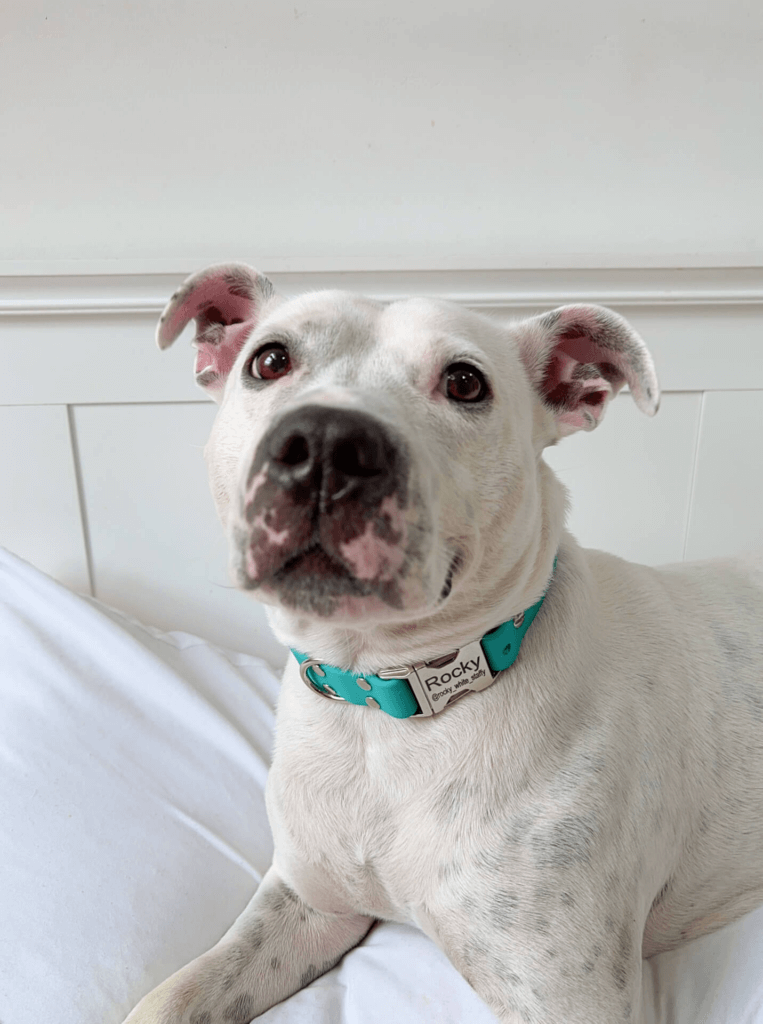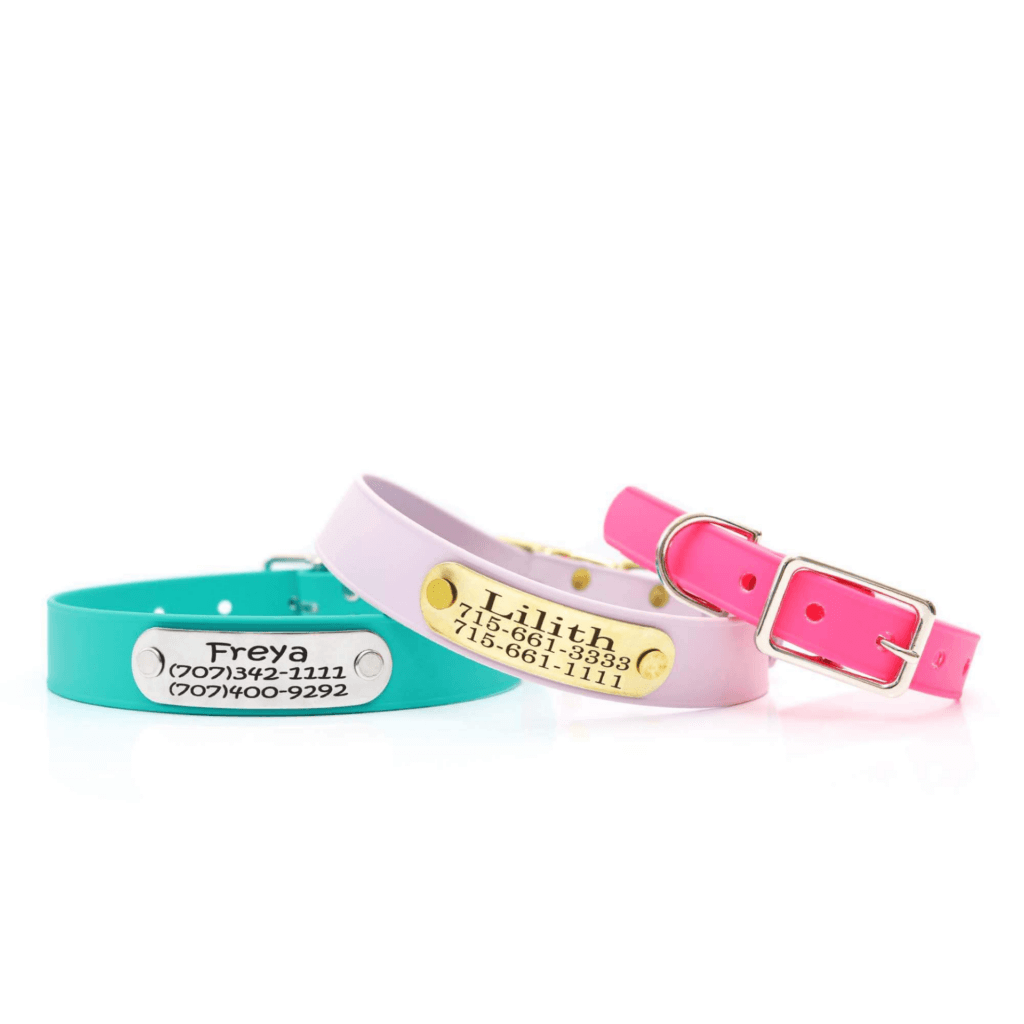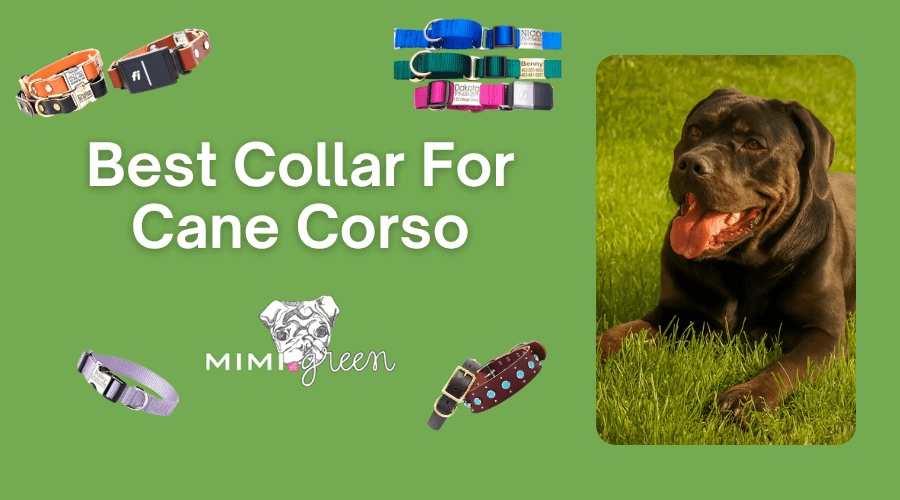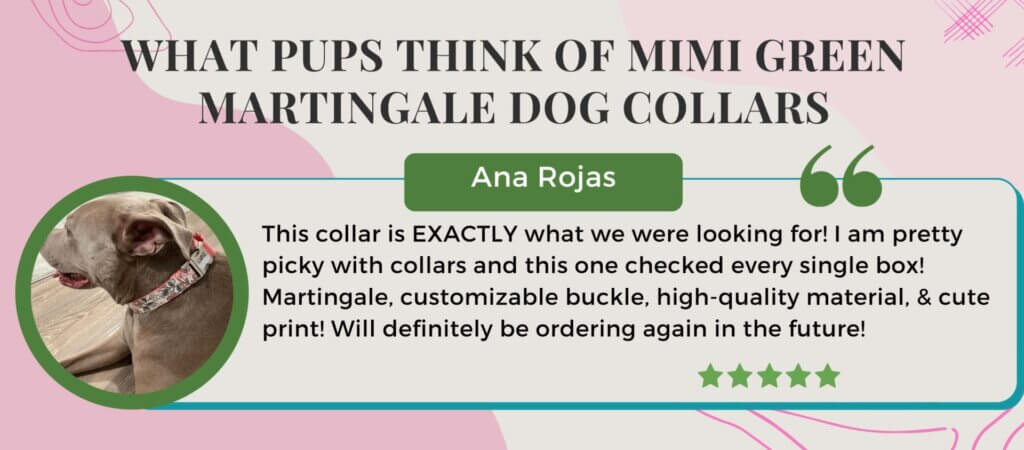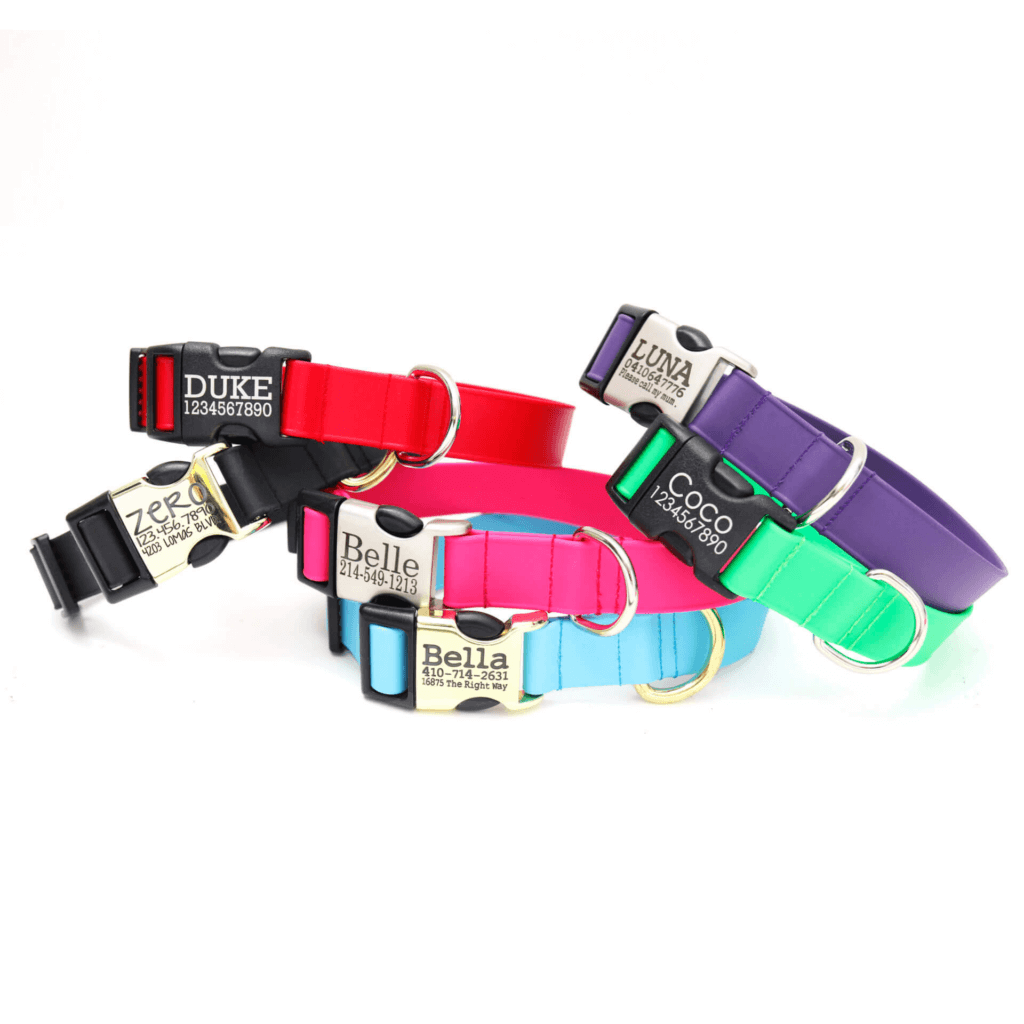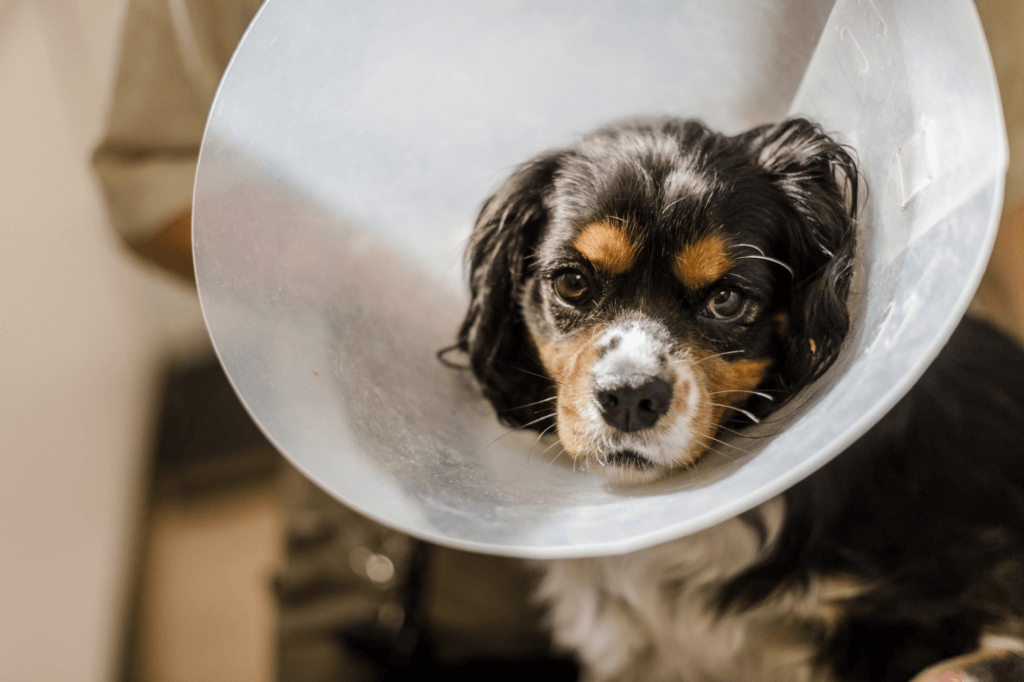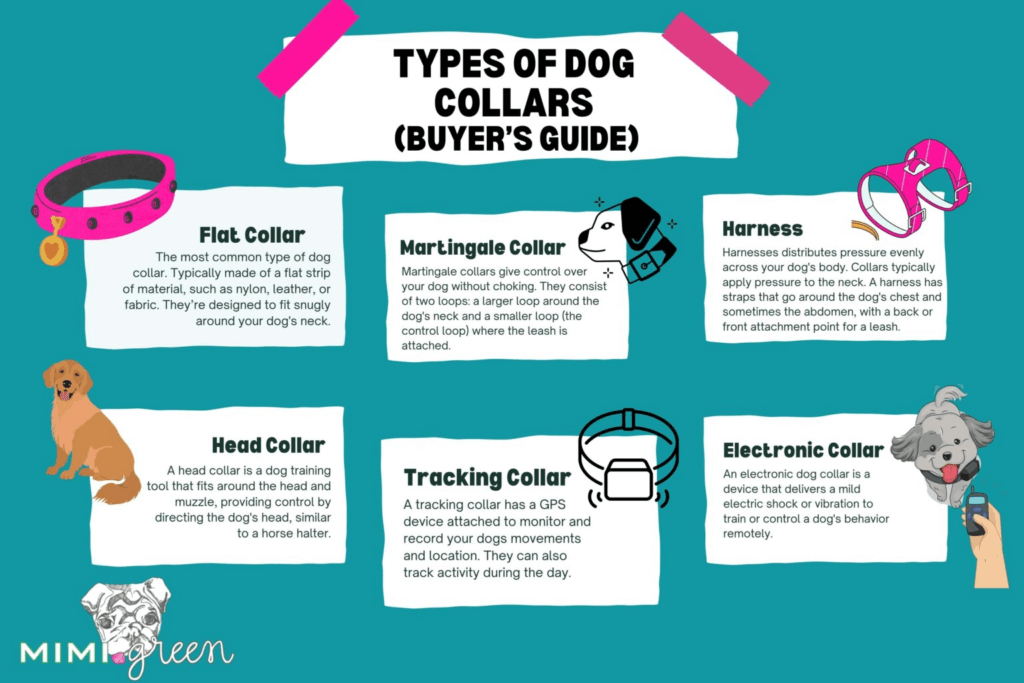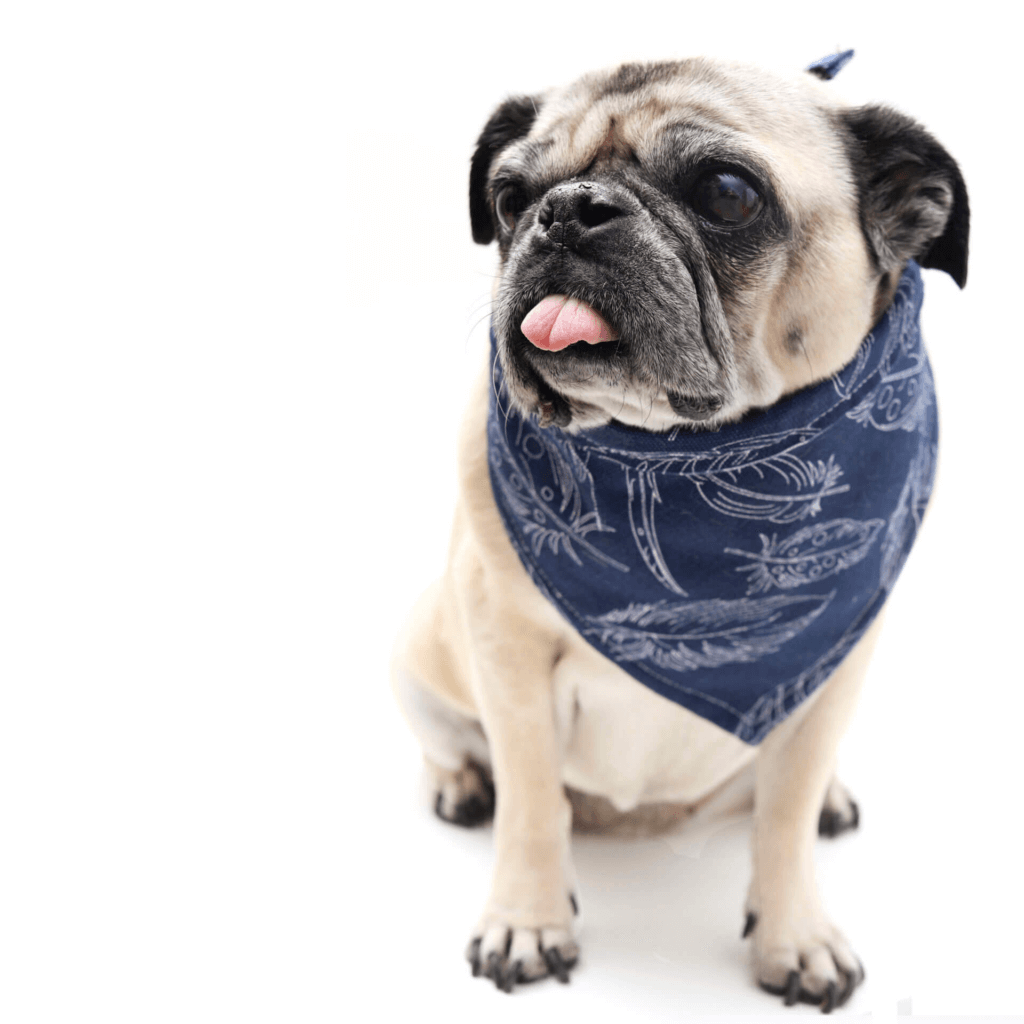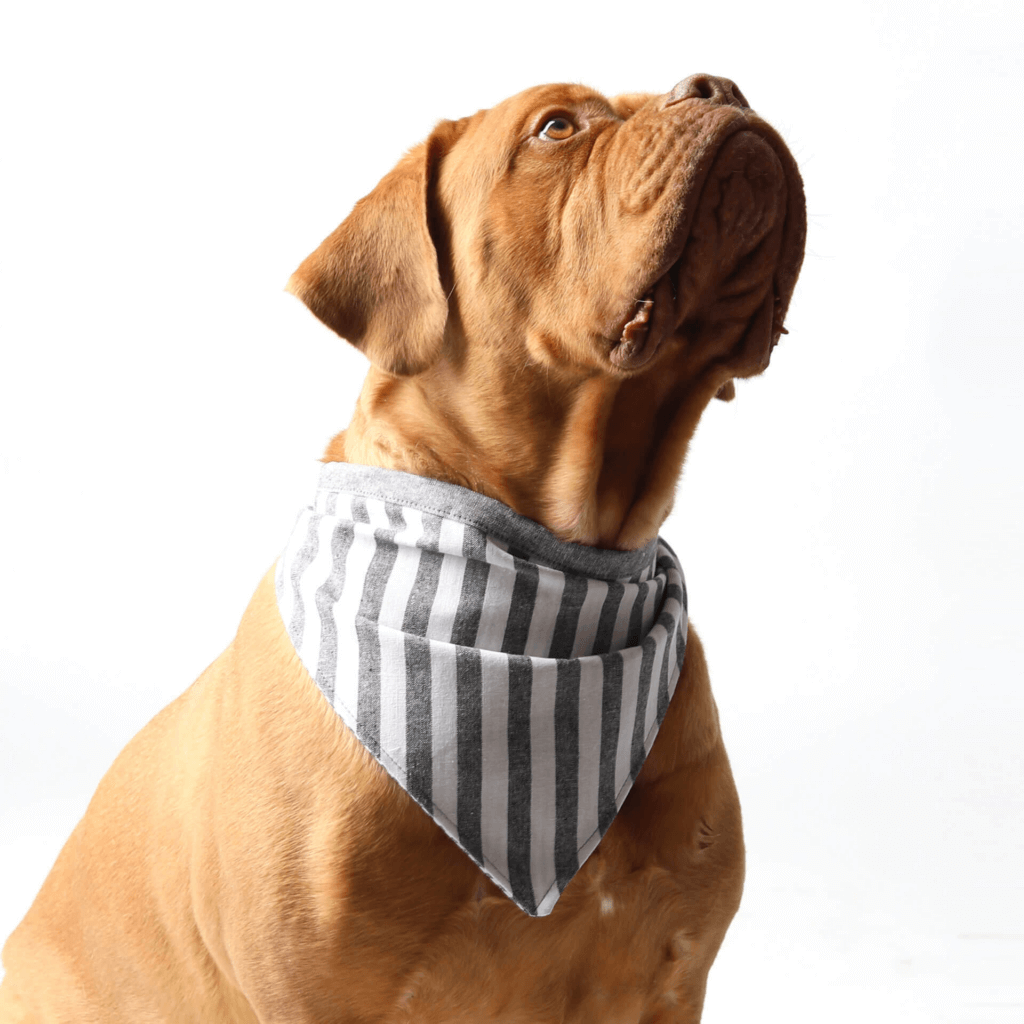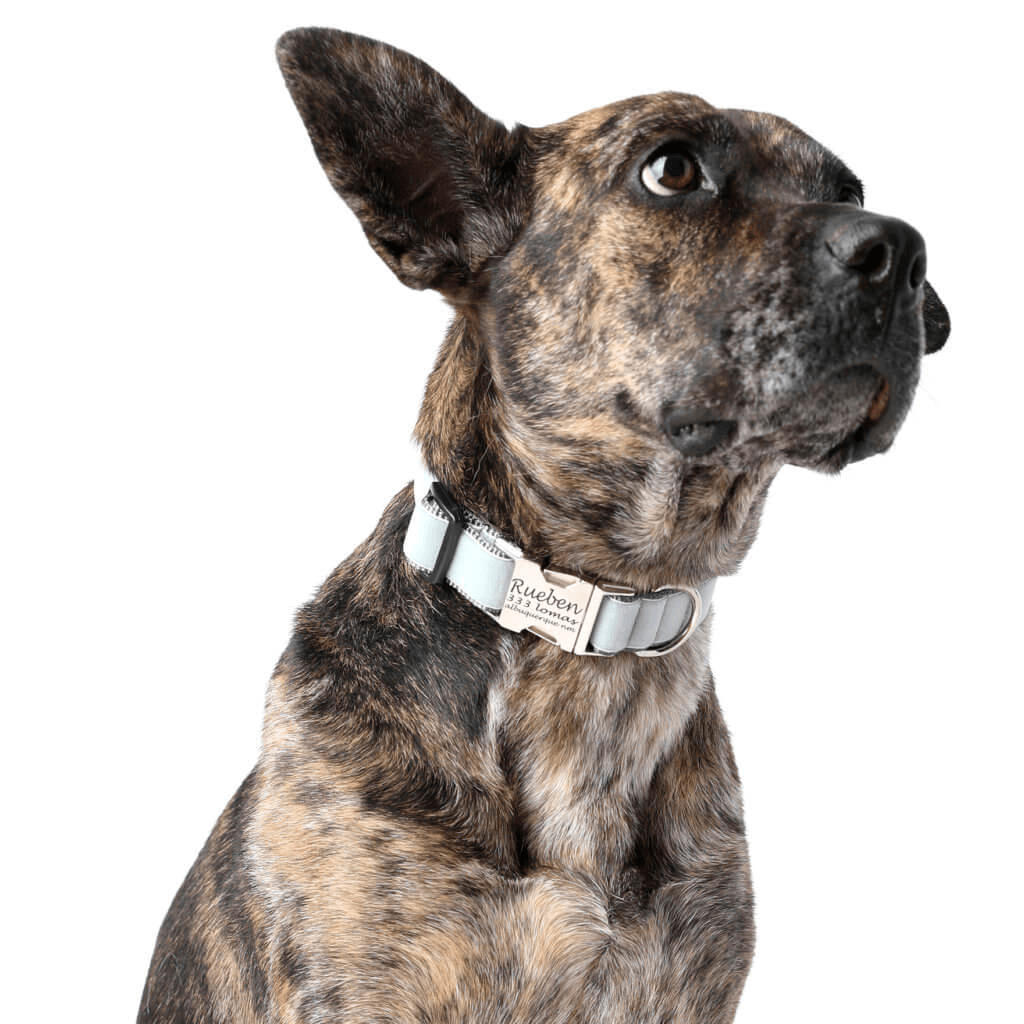Australian Shepherds are more than beautiful fluff; they’re energetic whirlwinds with a thick double coat that needs care. The right collar should glide over fur to prevent matting, handle mud and playtime, and stay soft for sensitive skin daily.
These dogs are built for action. Their agility and drive to herd mean their gear has to move with them, not against them. Whether your Aussie is scaling hills, splashing through streams, or weaving through agility drills, the right collar helps them stay safe and focused without causing tangles or rub spots.
TL;DR – Best Collars for Australian Shepherds
- Choose Fur-Friendly Materials: Leather and Biothane collars help prevent painful matting in thick Aussie coats by reducing friction.
- Use Martingales for Training Only: Martingale collars offer safe, gentle control for leash training, but should be removed during downtime to avoid snags.
- Harnesses Are a Smart Add-On: Pair a harness with a collar for pressure-free walks, especially for pullers or active outdoor dogs.
- Match Fit to Growth & Grooming: Aussies change shape fast, remeasure regularly and opt for adjustable collars to keep them comfy year-round.
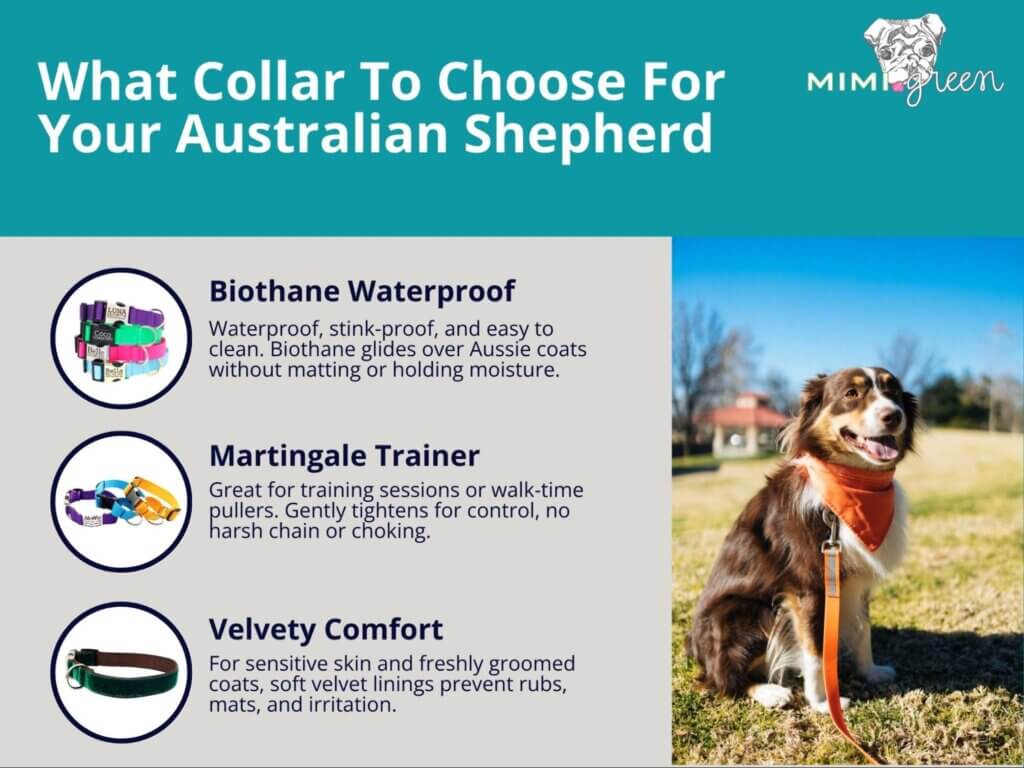
At Mimi Green, we know your pup’s collar should work as hard as they do. That’s why we handcraft each piece with thoughtful materials, from leather to smooth Biothane, so your Aussie’s neck stays happy, no matter how wild the adventure.
Which Collar Styles Work Best for Australian Shepherds?
When it comes to Aussies, not all collars are created equal. Their thick coats, love of mischief, and tendency to pull on the leash mean your average collar might cause more problems than it solves. Here’s how to keep their fur flawless and your walks stress-free.
Leather or Biothane, For Fluffy, Matt-Prone Coats
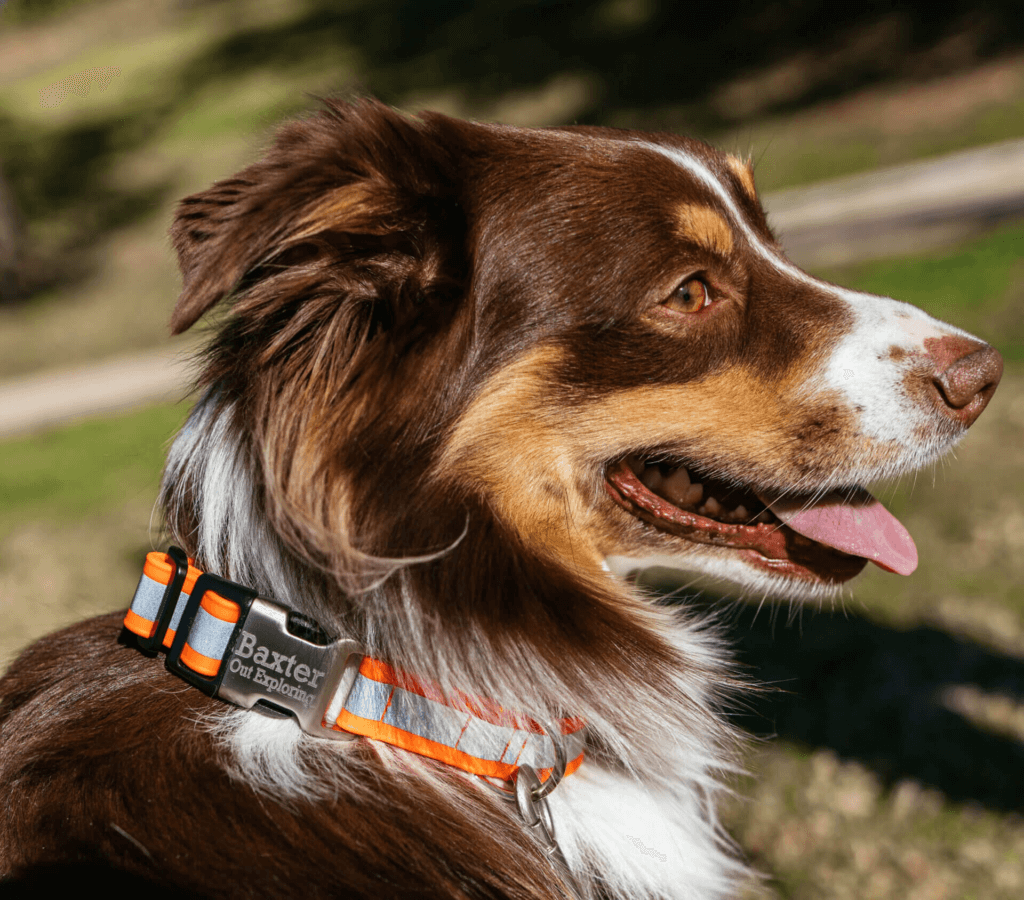
Featured Product -> Mimi Green Lightweight Biothane Waterproof Reflective Dog Collar
If your Aussie’s mane has ever turned into a matted mess under a flat collar, you’re not alone. Smooth, low-friction materials like leather or Biothane can help prevent painful tangles. Leather is stylish and gentle on long coats, while Biothane brings that waterproof, flexible, odor-resistant magic Aussies need for muddy trails or lake dips.
Biothane also naturally resists bacteria and is easy to rinse clean, no lingering wet-dog smell here. Plus, bright Biothane colors pop beautifully against your Aussie’s coat, whether you’re trekking through snow or thick brush.
Mimi Green crafts our Biothane collars in bold, fun shades that stand out and stand up to your pup’s wild side.
Martingale Collars, For Training, Not Constant Wear
Many Aussie parents swear by martingales when they’re teaching leash manners. These clever collars tighten gently if your escape artist tries to back out, no harsh choking, just a firm reminder to stick by your side. They’re especially useful during that pull-happy stage so many herding breeds go through.
Use them for training walks or new environments, but remember: martingales should come off indoors or when crated to avoid snagging.
At Mimi Green, we make martingales that skip the noisy chain loop, so you get safe control without the clatter.
👉 See Martingales Designed with Safety in Mind
Flat Nylon Collars, Lightweight, But May Cause Matting
Flat nylon collars might be the go-to at big box stores, but they’re not always Aussie-friendly. These collars can rub and tangle all that glorious neck fluff. They’re fine for quick trips or ID tags, but for everyday romps, swap them out for something softer or smoother to protect that double coat.
Adding a velvet or neoprene which helps keep your Aussie’s fur free from knots and hot spots.
Training vs Everyday Collars: Which Does Your Aussie Need?
One collar doesn’t fit every moment, especially for a breed that lives for work and play. A martingale is perfect when your Aussie is learning not to lunge for every squirrel. A head halter can redirect attention for pullers who need an extra nudge. But when the training session’s over, your pup deserves a comfy, lightweight collar that fits like a dream and shows off their personality.
Look for custom sizing, engraved buckles (no noisy tags to lose!), and materials that won’t irritate sensitive skin.
Mimi Green’s collars balance practicality with personality, helping your Aussie look and feel their best on every adventure.
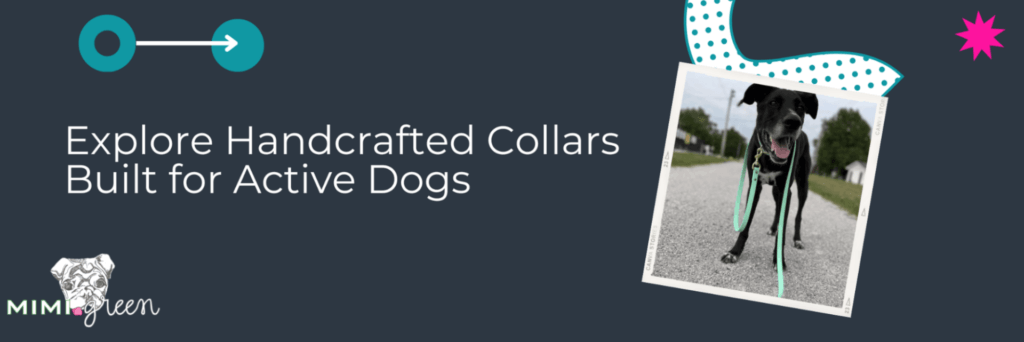
Collar or Harness? What Aussie Parents Need to Know
Choosing between a collar and a harness for your Australian Shepherd isn’t an either-or situation, most Aussie parents need both. A good collar is your everyday sidekick for quick walks, ID tags, and training sessions. But when your energetic herder turns into a sled dog on the trail, a harness is your best friend for distributing pressure evenly and giving you more control.
Harnesses, especially step-in or easy-on designs, help reduce pulling strain on the neck and shoulders, which is extra helpful for athletic Aussies with that deep chest and broad frame. Still, even the best harness can’t replace a well-fitted collar for nameplates and day-to-day wear.
One thing to remember: a harness alone won’t stop pulling overnight. Pair it with a training plan, or use it alongside a martingale or head halter to teach polite leash manners.
Mimi Green makes easy-on and step-in harness styles that work beautifully with our custom collars, so your Aussie stays comfortable and secure from the backyard to the backcountry.
Compare harness styles in our Dog Harnesses Guide for your aussie’s lifestyle.
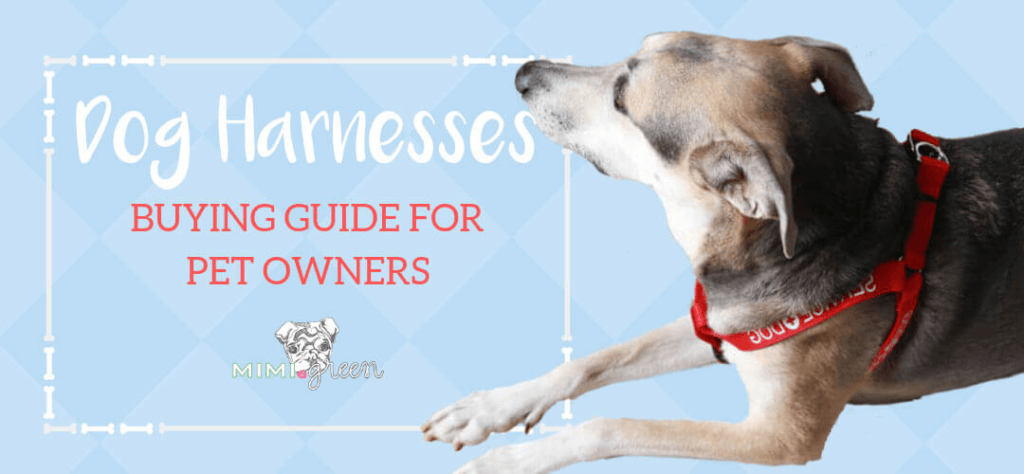
The Best Materials for Aussie Collars (Comfort Meets Durability)
Every Australian Shepherd is a walking adventure story, so their collar has to keep up, without leaving their glorious coat in knots or irritating sensitive skin. Here’s what makes the cut for smart, floof-friendly gear.
Biothane – For Dogs Who Get Dirty
If your Aussie thinks every puddle is an invitation, Biothane is about to become your new best friend. This flexible, waterproof material wipes clean in seconds and won’t hold onto that “wet dog” funk after muddy hikes. Because it’s low-friction, it glides over thick coats without pulling or tangling, and it naturally resists bacteria and mold, too.
Velvet or Flannel – For Sensitive Skin
Some Aussies (and their humans!) prefer something a little gentler on the skin, especially after a fresh groom. While we don’t line our collars with additional material, our high-quality nylon webbing is smoother than most, and it forms the sturdy, cozy base for all of our soft fabrics.
For pups with sensitivities, velvet and flannel are two go-to options. These fabrics sit directly on the neck, offering a softer feel without compromising on durability. And because every Mimi Green collar is made to order in the USA, you won’t find any scratchy, stiff nylon here, just comfort, style, and custom charm.
Looking for a collar that’s soft but strong? Our velvet and flannel styles are as comfy as they are cute.
Leather – Rugged Elegance
Classic leather is still a favorite for working dogs, and for good reason. It’s sturdy, ages beautifully, and softens over time to mold to your dog’s shape. High-quality leather won’t fray or hold odors the way nylon does, so it stays handsome for years.
Plus, thick leather can handle the sudden lunges and hard tugs Aussies are famous for. Mimi Green’s leather collars are ethically made, custom-engraved, and designed to age right alongside your pup’s adventures.
Collars for Aussie Puppies: What to Know
Those fluffy puppy days fly by, and so does your Aussie’s neck size. Fast-growing pups need collars that adjust easily to keep up with coat changes and growth spurts. Expect at least two or three collar swaps in that first year, especially after grooming.
A lightweight Biothane or nylon design works well for tiny necks that don’t need extra friction. For extra peace of mind, look for breakaway buckles when your Aussie is still figuring out their world.
How to Measure Your Aussie’s Neck for a Perfect Fit
A well-fitted collar keeps your Australian Shepherd comfortable, secure, and free from dreaded collar matting. Start with a soft tape measure, wrap it snugly around the base of your Aussie’s neck, right where the collar naturally sits. Avoid measuring over thick, fluffed fur that can throw off your sizing.
Once you’ve got your number, do the two-finger test: you should be able to slide two fingers under the collar without pinching. That’s your gold standard for safety and all-day comfort, not too tight, not too loose.
If your Aussie’s coat changes with the seasons (and it will), check that fit once a month. A good collar should adapt right along with them.
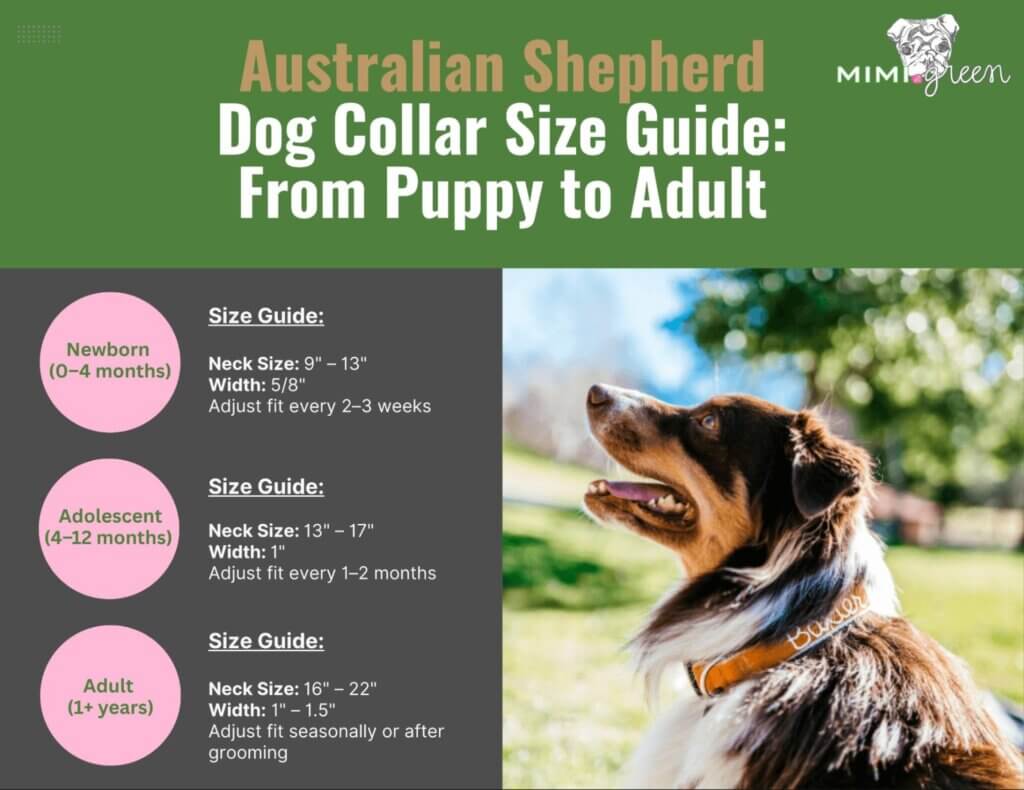
Common Collar Questions Aussie Parents Are Asking
- What collars prevent matting? Leather and smooth Biothane styles are your best bet. Their low-friction design keeps your Aussie’s thick coat tangle-free.
- Is Biothane safe for dogs with allergies? Yes, its non-porous surface resists moisture, mold, and bacteria. Plus, it’s gentle enough for sensitive skin when properly fitted. Disclaimer: Every dog is different, though extremely rare, some dogs have an allergy to the material.
- Are martingale collars safe to leave on? They’re a training tool, not an all-day collar. Use them on supervised walks to prevent slipping out, but take them off when your pup’s relaxing indoors.
- Should I switch to a harness for training? Harnesses help with pulling, but they’re best used alongside a collar and a consistent training plan for long-term leash manners.
- What size collar for an 8-week-old Aussie? Start with a lightweight, adjustable style that can grow with them. Biothane or soft nylon works great for new pups.
Mimi Green Favorites for Australian Shepherds
From muddy trail days to lazy porch naps, we’ve got handmade picks for every Aussie personality and coat type:
- Biothane Waterproof Collars, mess-proof, fur-friendly, easy to rinse off
- Martingale Fabric Collars, secure, gentle training support without the jingle
- Velvet Collars, ultra-soft protection for sensitive skin and freshly groomed fur
- Leather Nameplate Collars, timeless style with custom engraving (no dangling tags!)
- Fi-Compatible Options, smart tracking for off-leash adventures and escape-prone Aussies
Your Aussie isn’t generic, their collar shouldn’t be either. Every Mimi Green piece is handmade to order right here in the USA, crafted to keep your pup comfortable, stylish, and ready to roam.
👉 Build Your Aussie’s Custom Collar Bundle Today
Final Checklist: What Your Aussie Needs Beyond a Collar
A great collar is just the start. Here’s how to keep your Aussie safe, stylish, and mat-free:
- A durable, low-friction collar that fits just right
- A matching leash (think Biothane)
- A Step-In or Easy-On harness for hikes and training
- Engraved ID buckle or secure nameplate
- Undercoat rake and slicker brush for coat health
- AirTag or Fi tracker for peace of mind
- A good shampoo that works with double coats
